The Dominican Republic, one of the most diverse islands in the Caribbean, is full of surprises. While its palm-fringed, white-sand beaches live up to every tropical postcard fantasy, there’s so much more to uncover. From fertile valleys reminiscent of the European Alps to lush jungles, cascading waterfalls, and even arid semi-desert plains, this island shared with Haiti offers an array of landscapes as varied as its culture.
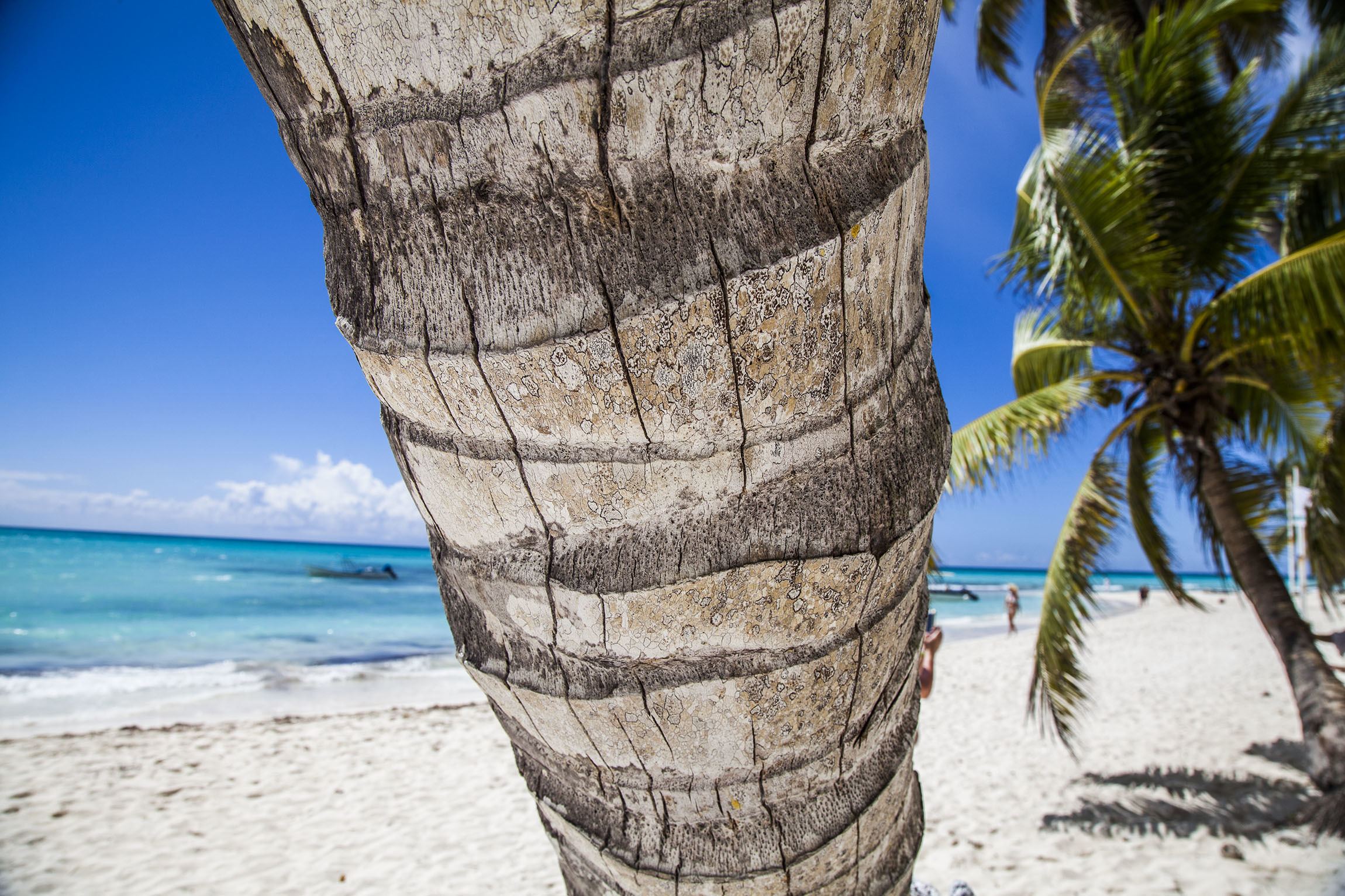
If you're after cultural enlightenment, then step into a colmado and dance the merengue until the early hours.
There’s something for every taste (and a lot more going on than meets the eye).
Take your time (unlike me) and let the Caribbean vibes of the DR get under your skin.
I only spent 10 days on the island, much less time than I’d have liked (but my sister was getting married in Australia and I don’t think she’d have forgiven me had I skipped the wedding!).
There's a lot of diversity throughout the island, so I’d recommend planning your Dominican Republic travel itinerary to stay at least two weeks, to get a feel for the country without having to rush.
Disclosure: This article contains affiliate links. If you click through and make a purchase, I may earn a small commission at no additional cost to you. These commissions help support my blog and allow me to continue sharing travel tips and guides.
I only recommend products or services I’ve personally used, love, or trust. Thank you for your support!
Solo Travel Note on Visiting the Dominican Republic
On this 10-day trip, I was blessed to be joined by an Australian-El Salvadorian friend. It’s rare I plan a trip with another traveller - solo travel has been my gig since I was 18.
Sofia, like me, is easy-going and spontaneous, key assets to a fruitful journey-in-two. She, too, has travelled solo most of her adult life, so the union of two similar styles was a recipe for success.
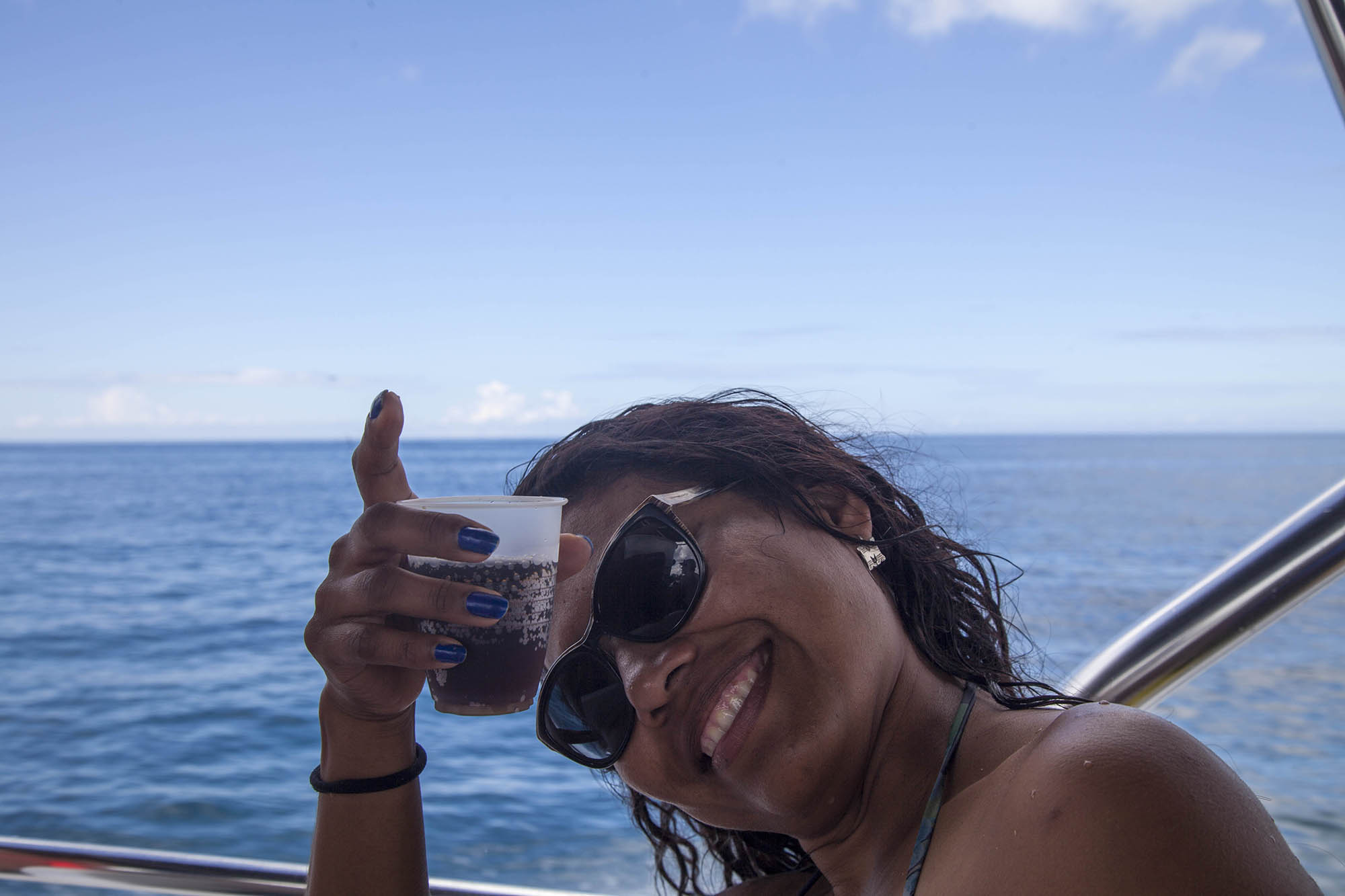
We understood the requirements of one another and did our best to ensure each had their travel needs met.
It was a pleasure to be joined by a friend for the trip (something that's probably uncommon to hear from a solo traveller). And Sofia’s Spanish is much better than mine, which was a godsend in the DR.
We met and joined forces with Eva, another solo traveller, from Spain.
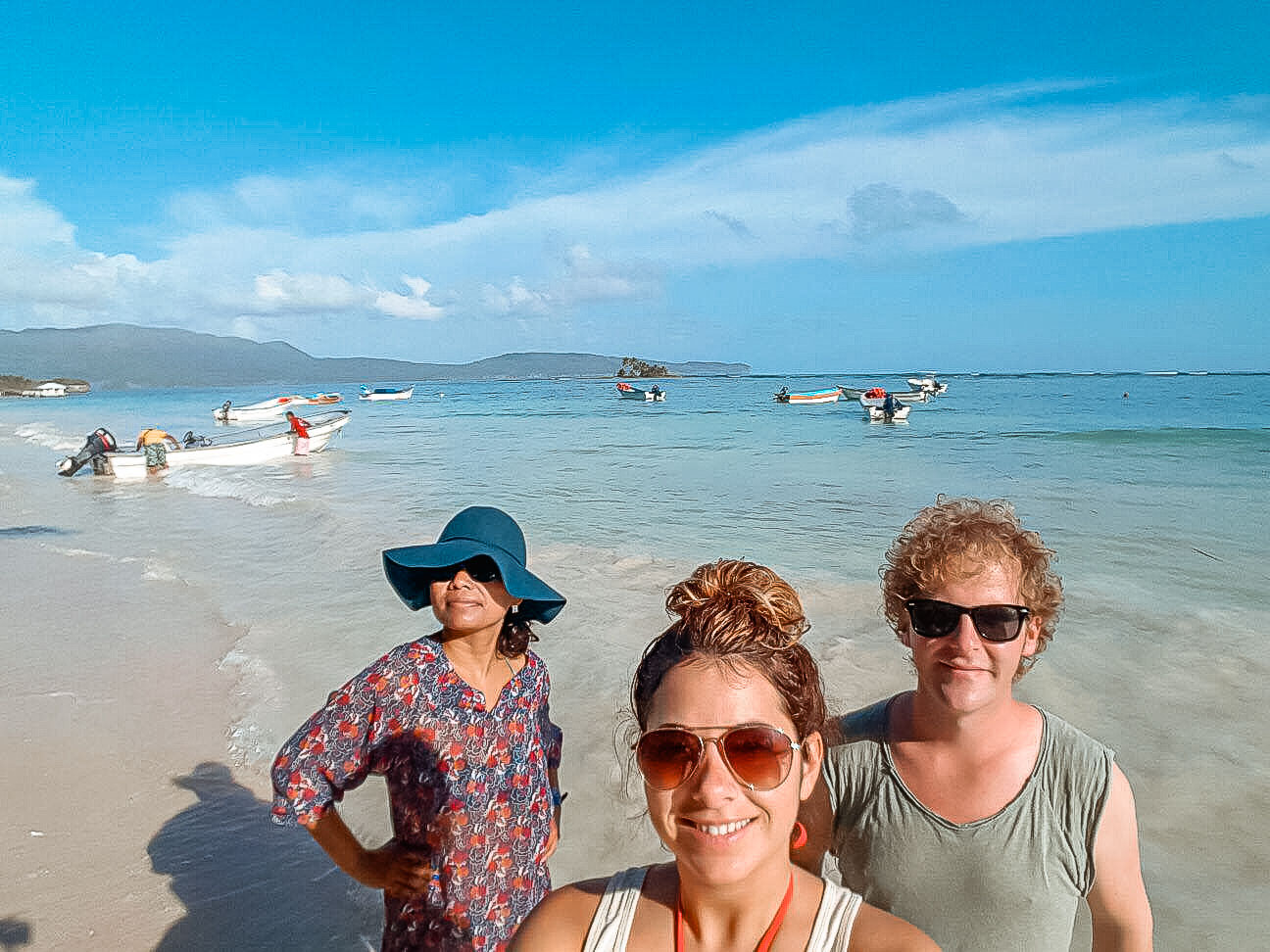
The moral of the story?
If you are visiting the DR on your own, you’ll likely encounter others doing the same. It’s a safe and easy enough place to travel alone (especially if you have sufficient time) but don't shy away from joining forces.
Knowing basic Spanish will help you tremendously.
Here are the places Sofia and I visited (at times with Eva), in the sequence travelled.
10-Day Dominican Republic Itinerary Overview
➡ Days 1–2: Santo Domingo
Start in the nation’s capital, exploring the cobblestone streets of Zona Colonial. Visit landmarks like Fortaleza Ozama and Parque Colón, take a Sunday stroll along the Malecón, and immerse yourself in Dominican culture with food, history, and street life.
➡ Days 3–4: Jarabacoa
Escape to the mountainous interior for hiking, rafting, and visiting stunning waterfalls like Salto de Jimenoa Uno. This laidback town, nestled in the Cordillera Central, offers a refreshing change of pace from the Caribbean coastline.
➡ Days 5–7: Las Galeras
Head to this quiet northeastern village for pristine beaches, including Playa Rincón and Playa Frontón. Enjoy snorkelling, boat trips, and fresh seafood in an idyllic, low-key atmosphere.
➡ Days 8–10: Punta Cana
Wrap up your trip in this iconic resort town. Lounge on white-sand beaches, visit Isla Saona on a catamaran adventure, or try water sports like parasailing. While commercialised, it’s a tropical haven perfect for relaxation and indulgence.
SANTO DOMINGO (Days 1-2)
Stay within the confines of the Zona Colonial, and it’s hard to place yourself in the Caribbean, at least not the variation most have in mind. With a spattering of churches, the oldest surviving fortress and the emergence of new and expensive restaurants and cafes, there’s a distinct feel of the continent.
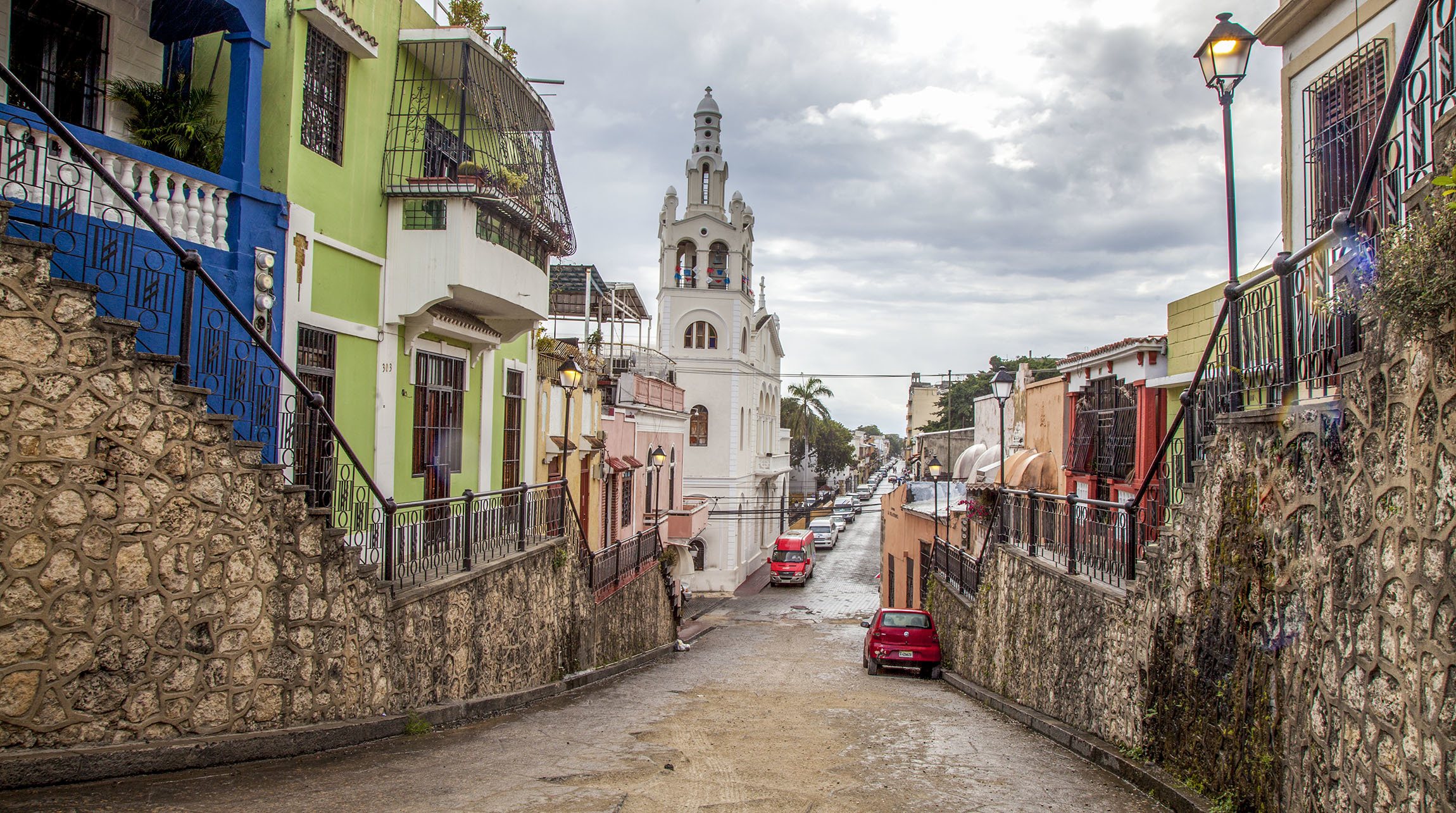
Step foot outside the well-established manicured zone, and the patch-worked landscape of people, culture and architecture evolves. Sounds of the Republic intensify, with cars backfiring in dense traffic, mixed intonation Spanish jumbling off the tongues of new Haitian arrivals, and merengue music blaring from corner stores. And so do the colours, of the walls and doors, the bodies, and the beautiful faces.
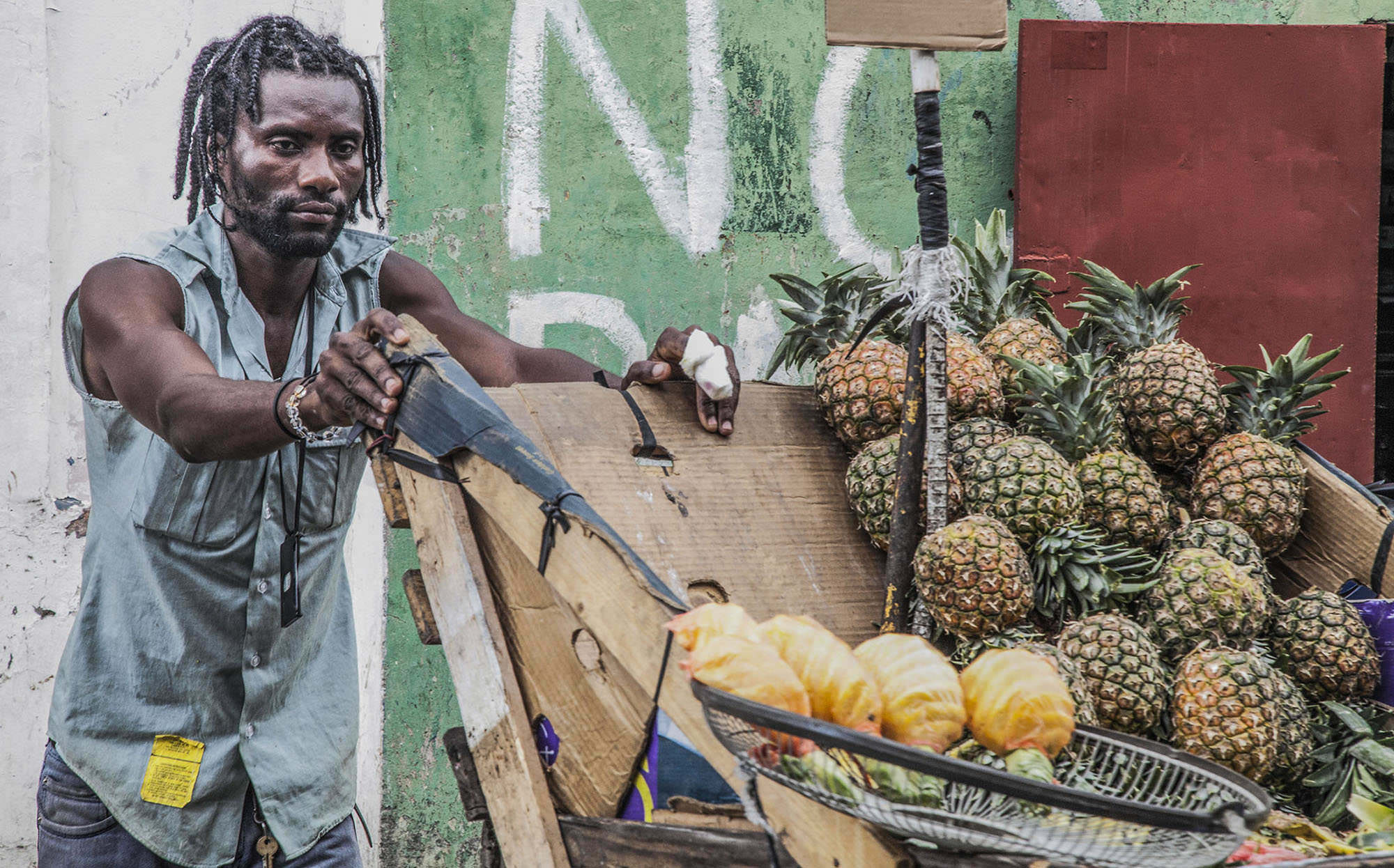
Santo Domingo is an urban sprawl, confines of which are not limited to the colonial zone (the part of town to which most travellers cling). Get outside its borders even momentarily – before darkness falls – and embrace the city’s wider appeal.
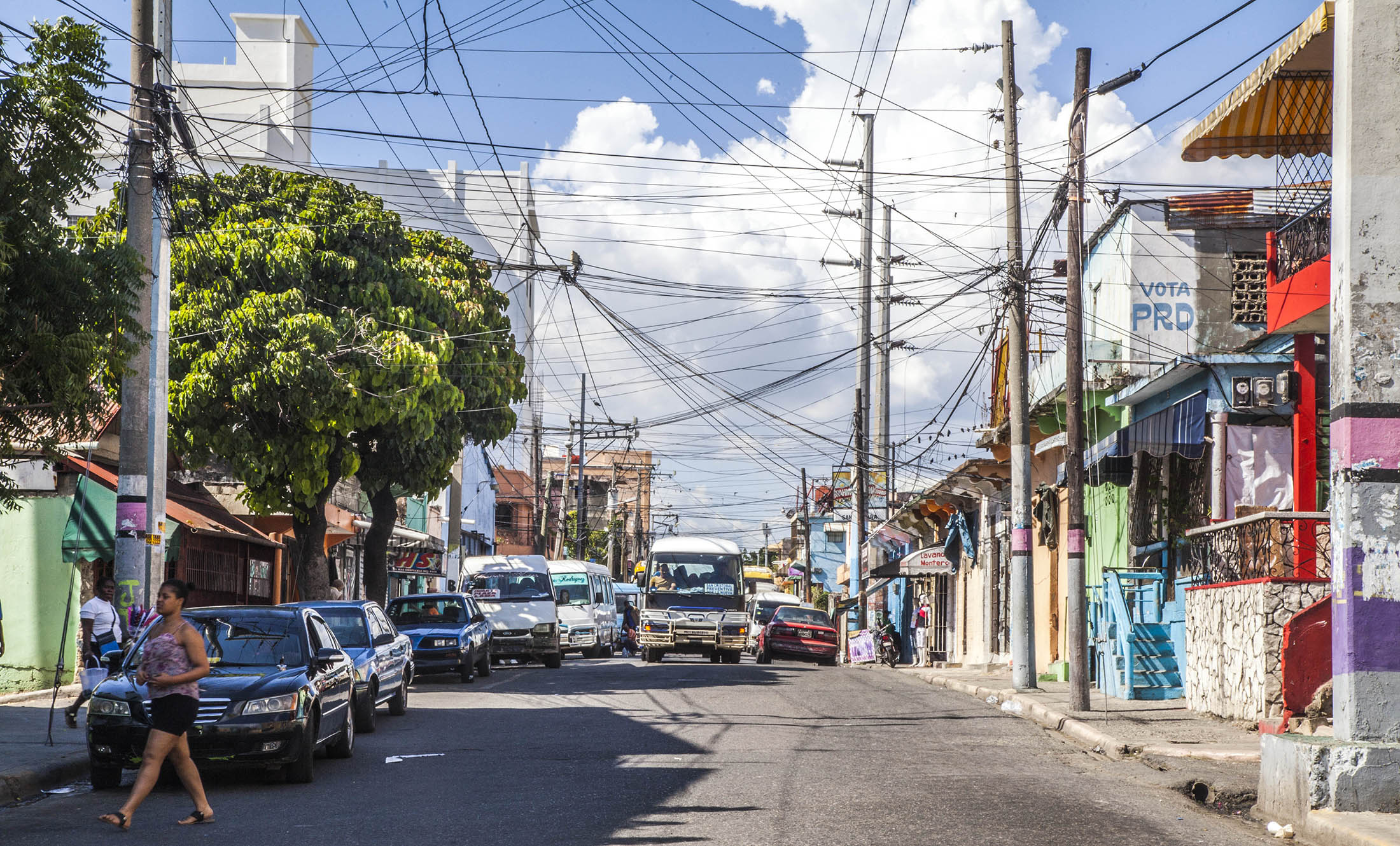
It’s in Santo Domingo that most travellers, including Sofia and I, arrive and kick off exploration of the island’s farthest reaches.
However, before speeding down the highway in search of waterfalls and mountains, ensure you stick around La Capital for a day or two and visit a handful of the sites listed below.
Try and time your stay around a Sunday. It’s when the streets by the monastery come to life.
Things to Do, See and Experience in Santo Domingo During Your Dominican Republic Itinerary
The Malecón and Avenida George Washington
The famous waterfront promenade of the capital is a lengthy thoroughfare that starts from the mouth of Río Ozama within Zona Colonial and extends beyond the famed district.
It’s perhaps best enjoyed on Sundays when cars are banned, making it pedestrian-only, and a pleasant wander alongside the Caribbean waters that lap the shores.
It's not as well-kept as it could be, sadly, but it paints a diverse picture of the Caribbean capital to its colonial roots.
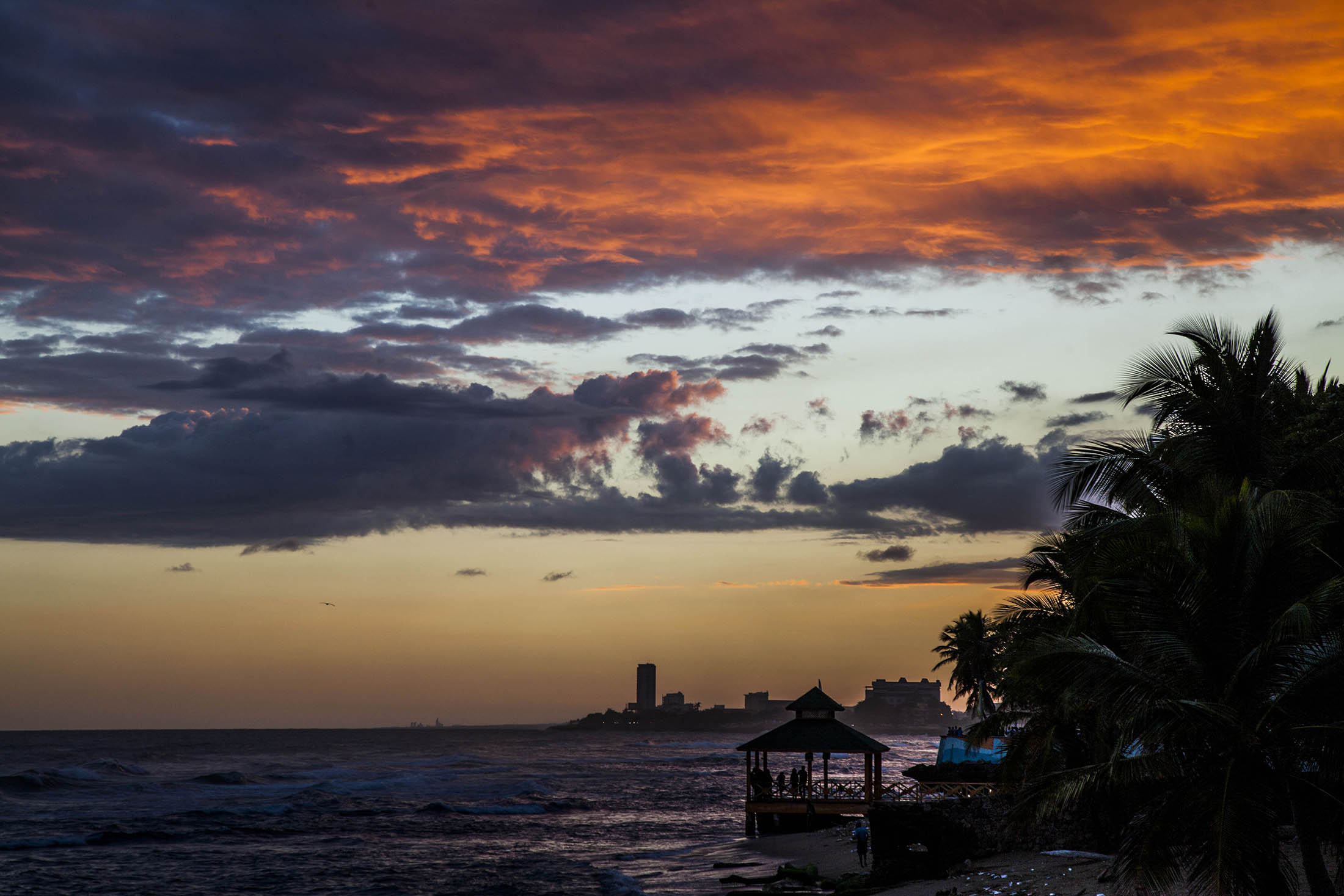
Dotted with several restaurants, there are plenty of places to dine and enjoy sunset (Adrian’s Restaurant being one I recommend).
Barrio Chino (Chinatown)
For a variant picture to the Colonial Zone, take a walk through Barrio Chino, known in English as Chinatown.
North of the Colonial Zone at the converge of Avenida Duarte, Avenida Mexico, Jacinto de la Concha, Avenida Mella and Calle Jose Marti, is a little piece of the orient. The red gates mark your arrival, and the Chinese shops, restaurants and red lanterns denote the path.
It’s in this part of town and its surrounding neighbourhoods that Sofia and I noted a change in infrastructure, levels of social stratification and policing. It more closely resembles the developing Santo Domingo depiction I had in mind.
Whether you simply want to throw back a steaming bowl of wanton soup or gain a diverse perspective to the continental-like streets of the Colonial Zone, then I’d recommend wandering through Chinatown during daylight hours.
I was warned not to leave the fringes of La Zona Colonial after dark, as danger lurks in every shadow. We didn’t push the limits.
Zona Colonial y Ciudad Colonial (Colonial Zone)
There’s no missing the cobblestone streets, colonial architecture and colourful walls of the 5-kilometre square seaside zone. It’s the starting point for most visitors to Santo Domingo, and truly is the beating cultural heart of the city.
The oldest permanent European settlement in the Americas, it contains a high number of significant landmarks, making it the most heavily visited part of the city by foreign visitors. With only eleven blocks, it’s certainly possible to see all of the zone’s highlights in a day.
For a deep dive into the Colonial Zone, consider joining the Santo Domingo Small Group Walking Tour. This guided experience combines history with culinary delights, including specialty coffee and local craft beer, offering a unique way to explore the heart of the city.
➡ Book the Santo Domingo Small Group Walking Tour here
Here are a few worthy of your attention.
El Parque Independencia (Independence Park)
It’s at the border of Zona Colonial and is home to the mausoleum of the country’s founding fathers: Ramon Matias Mella; Juan Pablo Duarte; and Francisco del Rosario Sanchez.
Start your walking tour here to learn about the genesis of the Dominican Republic, which will give you a richer understanding of the sites to follow. Ensure you step inside the Tumba de los Padres (National Mausoleum): each marble-covered tomb is topped with a statue of the patriots, a jingoistic nod to political origins.

Guarded by dapper men in uniform, raucous behaviour is not permitted. The guards are amenable to having their pictures snapped when asked, an opportunity I seized numerous times.


Take a breather (outside) and immerse yourself momentarily in the solitude before hitting the chaos of El Conde en route to Parque Colon.
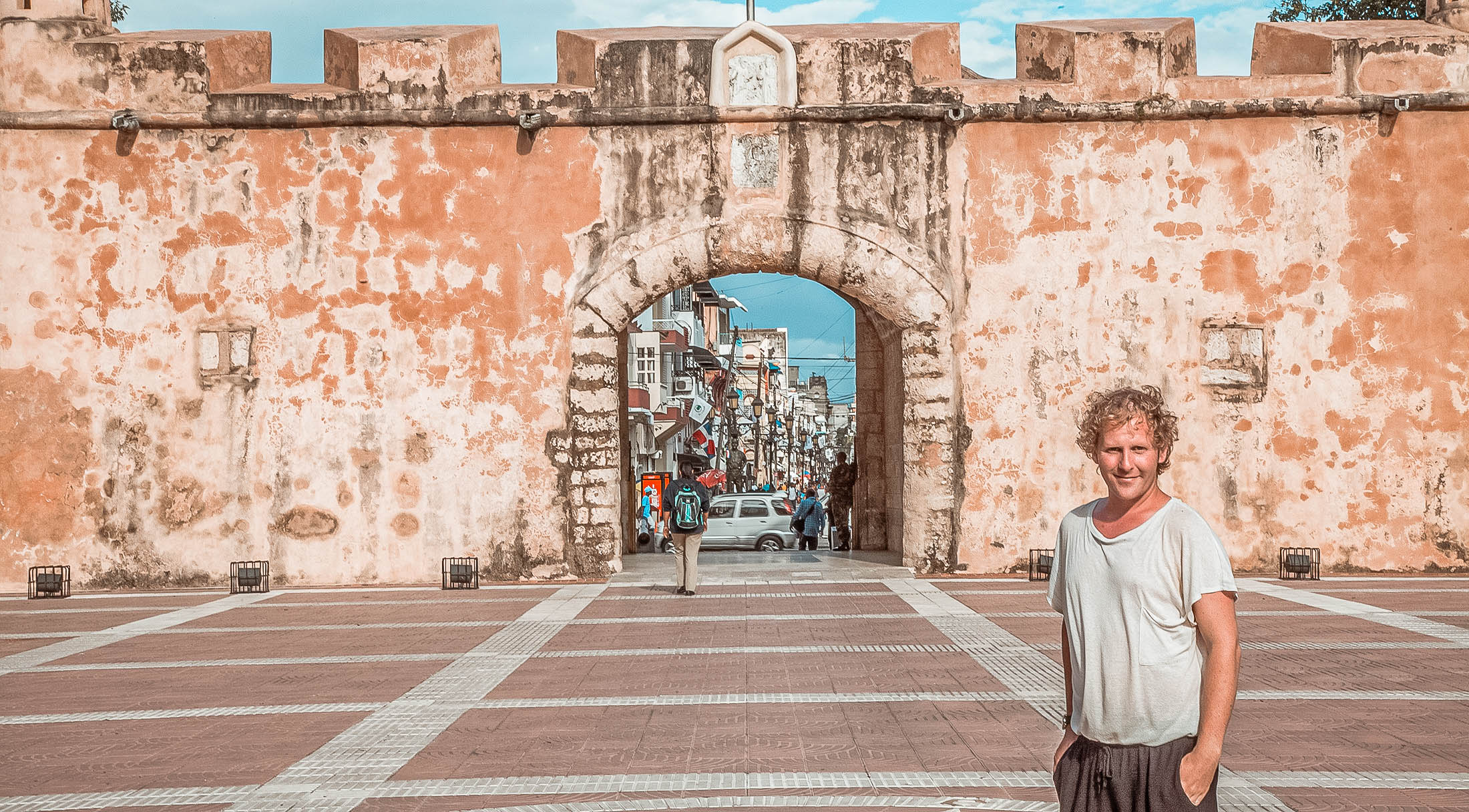
Entry to the park and mausoleum is free.
Calle El Conde (El Conde Street)
The main thoroughfare splicing the Colonial Zone in two, El Conde (also “de la Carnicería”, “Navarijo” or any of the other designations it’s had throughout history) is one of the first streets built in the Americas by Europeans.
Peppered with buildings of nobility, antique structures and recent reconstructions, it’s the main artery to the zone’s beating historical heart, each street off El Conde a micro-vessel leading to alternative sites of interest.
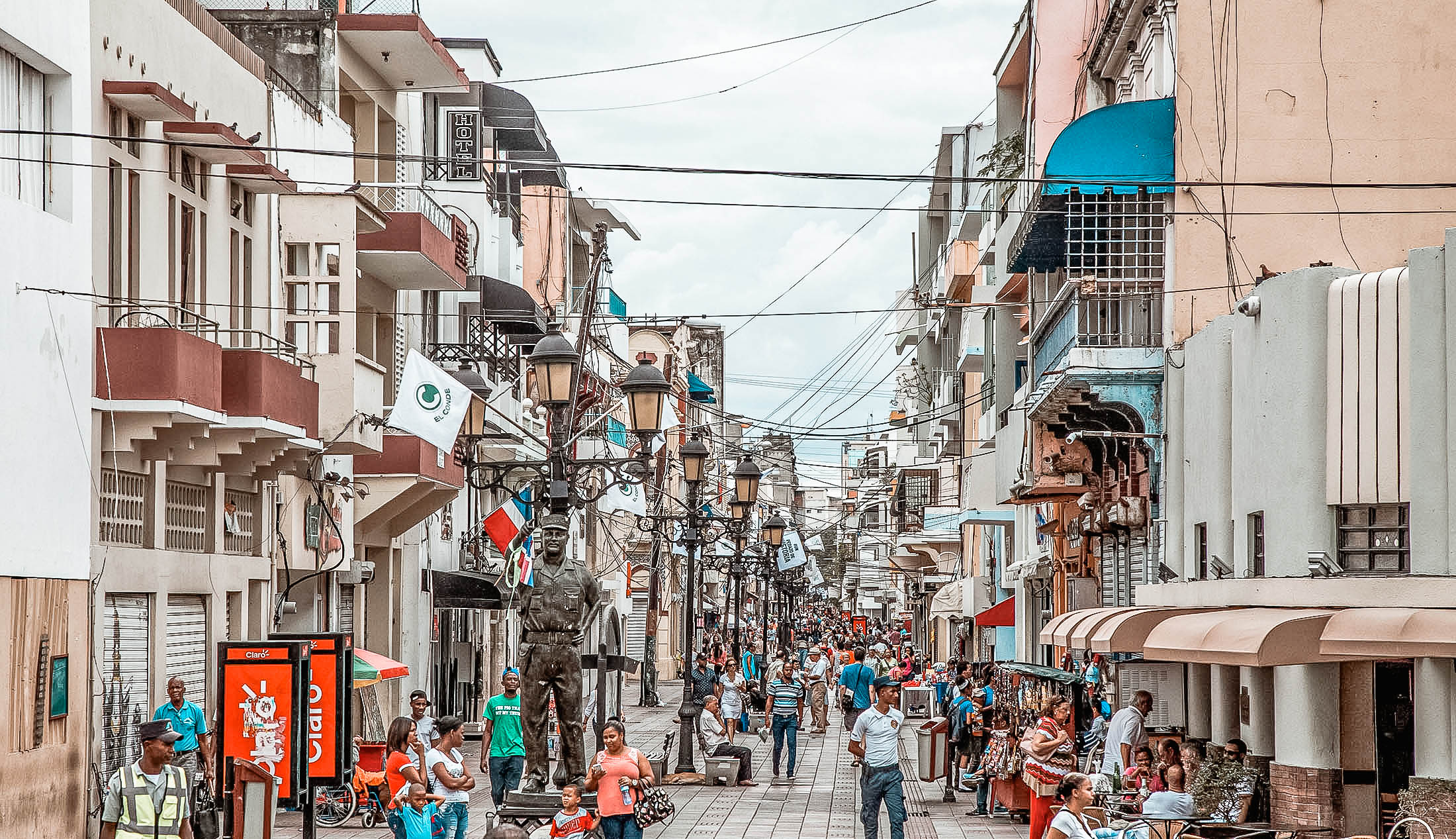
A meander along its length is appreciating the living showcase of Santo Domingo through history.
Nowadays, it’s a commercial hub dedicated (in part) to tourism as well as showcasing a spattering of nostalgia and coffee shops which celebrate the era of Spanish immigration.
Take your time, grab a hot beverage and indulge as you watch the crucible of the city’s life unfold.
Parque Colon (Colon Park)
Almost at the opposite end of El Conde to Parque Independencia (or at least the Puerta del Conde) is Parque Colon.
It’s perhaps the historical core of the city, and is home to some noteworthy landmarks: Palacio Borgella; Santo Domingo's Municipal Palace; Catedral de Santa Maria la Menor; and the bust of Christopher Columbus.
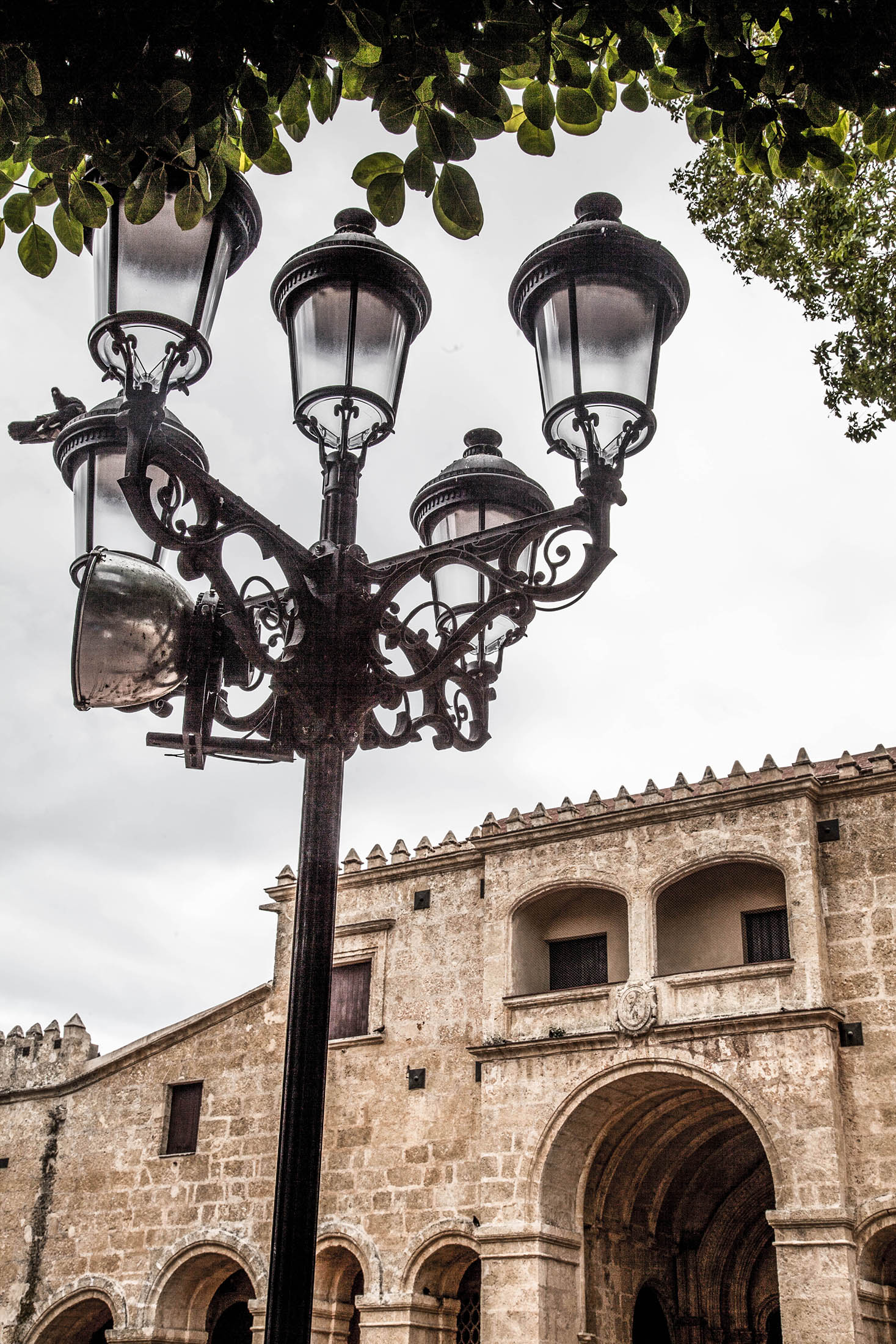
It’s also a point of congregation, for wining and dining, playing, and enjoying the unhurried pace of life. I took a seat in the shade of an old tree, and watched children run free with their parents nearby, old men smoke, drink and play card games, and tourists snap shots of various park features.
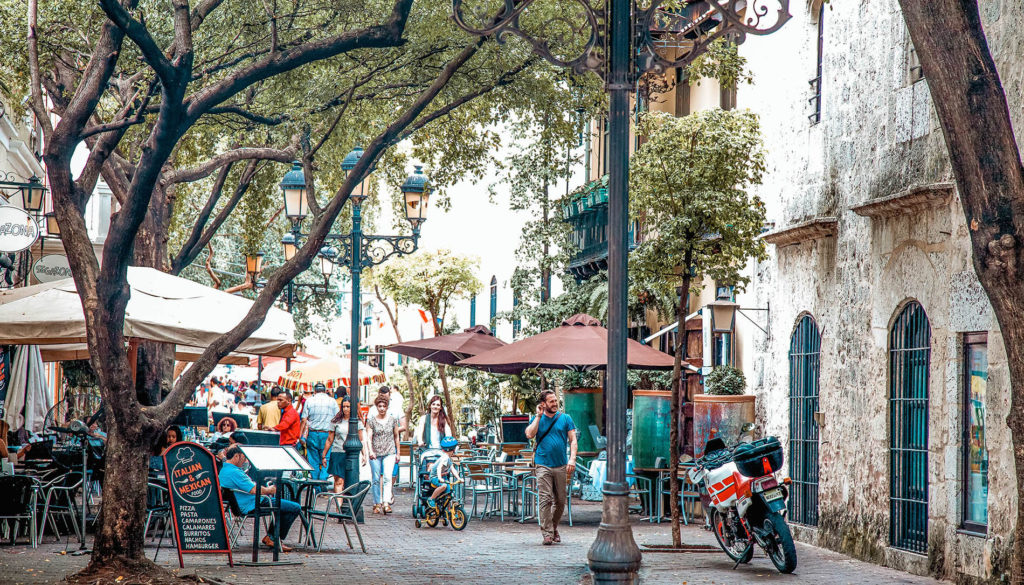
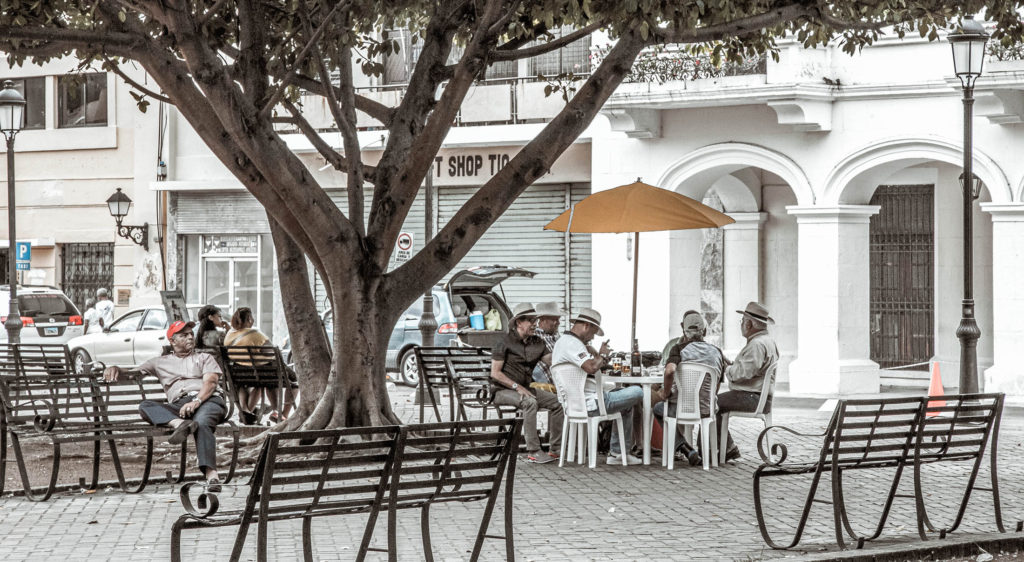
Buy a coconut from one of the street vendors before moving on to the Fort.

Fortaleza Ozama (Ozama Fort/Fortress)
Constructed between 1502 and 1507, unsurprisingly, it’s the oldest European military construction in the Americas.
Sitting high on the banks at the mouth of the Ozama River (after which it was named), the functional medieval ensemble served as a formidable defence against seaborne British, French, Portuguese and pirate attacks on the city and its port. It was constructed so well that it was used as a prison until the 60s, after which its gates opened to the public. It has since been deemed a World Heritage Site by UNESCO.
It is located at the end of Calle Las Damas (Las Damas Street), a three-minute walk south-east of Parque Colon, and is open Tuesday through Sunday from nine am to five pm.
Panteon Nacional (National Pantheon of the Dominican Republic)
An impressive structure of neoclassical-renaissance style, the pantheon was built in the 18th century by a Jesuit Spaniard, original purpose: a church.
It has since been used varyingly, as a government office, a theatre and even a place to store tobacco.
Under the order of dictator Trijillo, it was renovated in the 50s to serve as a mausoleum. It’s now the burial place of several notables, including dictator Rafael Leónidas Trujillo Molina himself.
The building, both inside and out, is a striking piece of architecture, admiration alone worthy of a stop en route to Plaza Espana.
The small plaza beside the Pantheon, part of which I assume belongs to the building, is often home to pop-up markets. I think I spent more time at the markets than I did inside the Pantheon, but both are interesting attractions.
It’s a three-minute walk north of Fortaleza Ozama.
Museo de las Casas Reales (Museum of the Royal Houses)
At the end of Calle Las Damas is the 16th century museum built originally under the order of King Ferdinand.
The Renaissance-style palace, now a museum, originally housed the government offices of the Spanish colonies throughout the Americas. It’s a showcase of the customs and life of Spanish colonisation in the Dominican Republic.
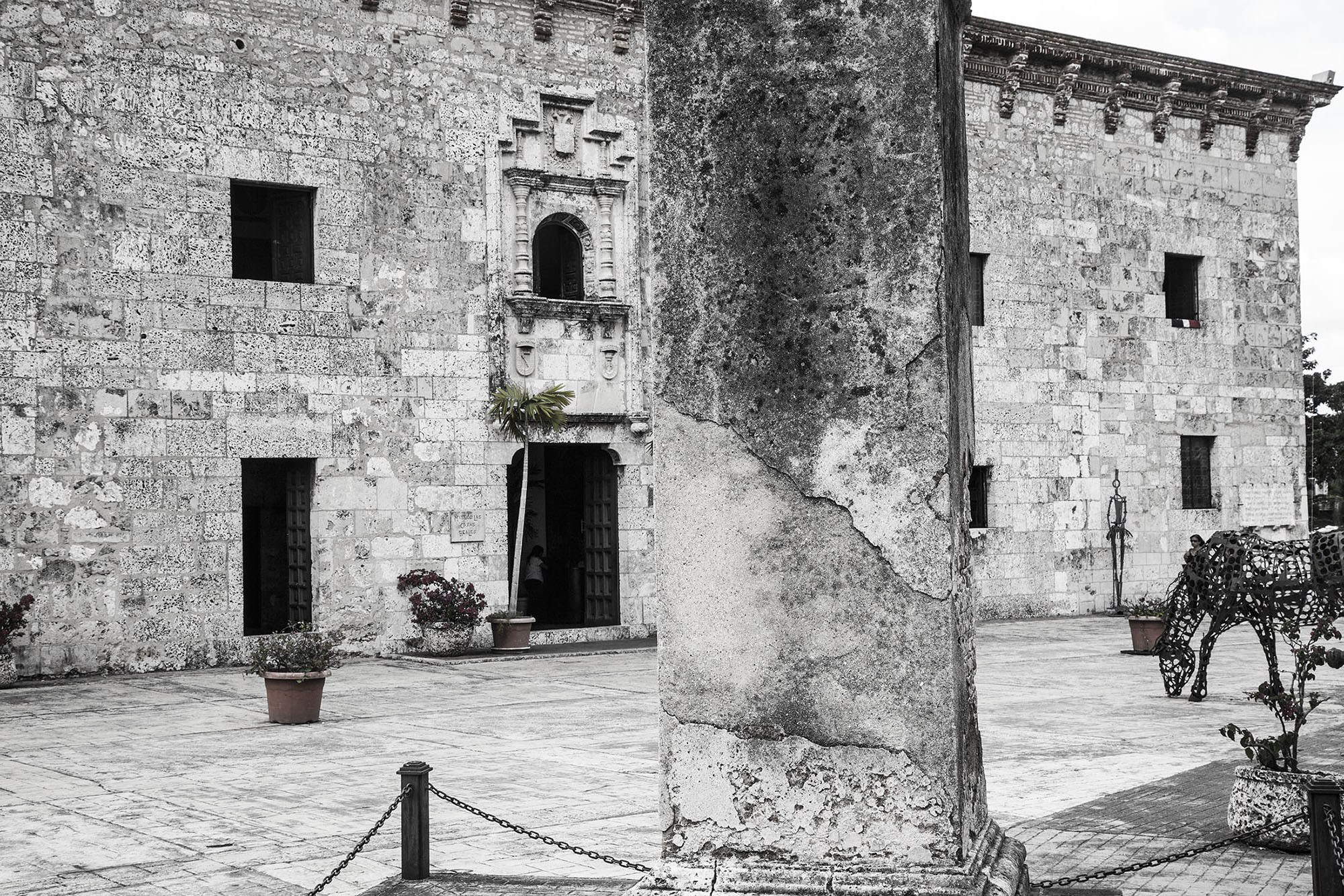
On display are colonial-era artefacts, including antique weaponry, period furniture and treasure recovered from galleons that sunk. The building is another nod to the architectural finesse of the colony’s designers.
Overlooking the river Ozama, it’s a fine spot for an ice cream bought from the vendor who often sits outside the entrance.
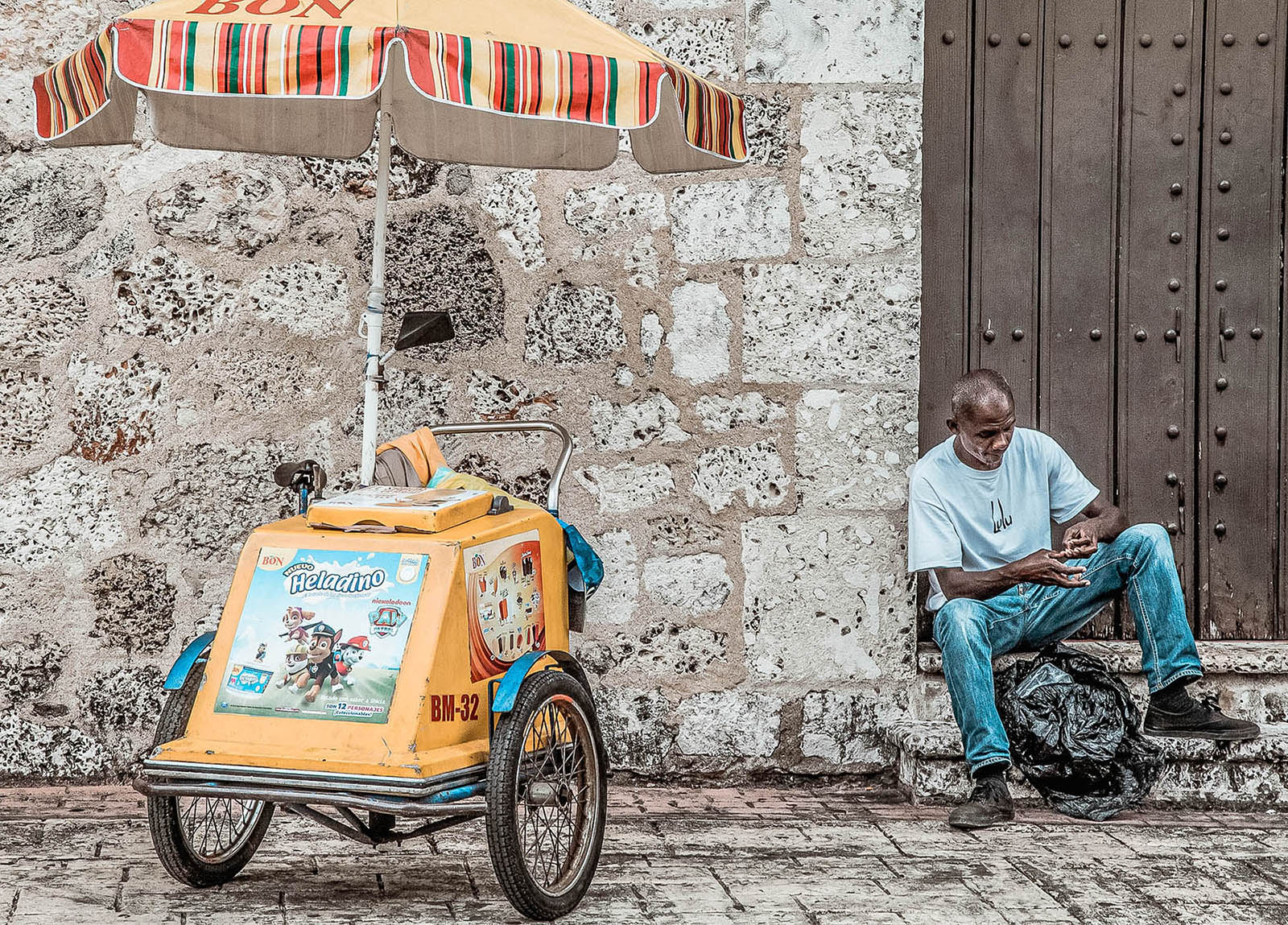
The admission price includes an audioguide in various languages, English being the one I chose.
Plaza España (Spain Square)
A few steps north of Museo de las Casas Reales is a large, open area fringed by restaurants and home to Alcázar de Colón (another museum).
It’s a great place to grab a bite to eat or, perhaps better, to throw back a drink at an outdoor table around sunset.
Alternatively, at night it is well lit and refreshment is achieved by the tropical breeze that sweeps through the square from sea via the river.
Monasterio de San Francisco (San Francisco Monastery)
An ecclesiastical ruin by day and fiesta by night, the monastery is a must-see Santo Domingo site.
As far as history goes, it was the first monastery in the New World. Build in the 16th century, it was used as a base for the Franciscan friars who evangelised the Dominican Republic. Destroyed by invaders, flattened by earthquakes and rebuilt several times, it was finally left in its ravaged state in the 1930s following a devastating hurricane.
Ambling through the ruins is best done in the morning when it’s free of other explorers.
For an opportunity to experience a livelier side of the city, a Sunday night visit is paramount. As the sun sets on the ruins, the surrounding area erupts into a flurry of movement and colour, as bachata and merengue dancers pulsate rhythmically across the dance floor.
Grab a beer for 150 pesos from the bar at the side, take a seat on the hill and watch as the experts strut their stuff. Better still, grab a partner and join in, showing off your expert merengue moves.
The concert is free and is a Santo Domingo must. It was perhaps the most entertainment I had while visiting the city.
Calle Restauración
Technically outside the colonial centre but skirting its fringes is Calle Restauración.
For colourful-wall aficionados, this little tiled and painted treasure at the street’s end is going to titillate.
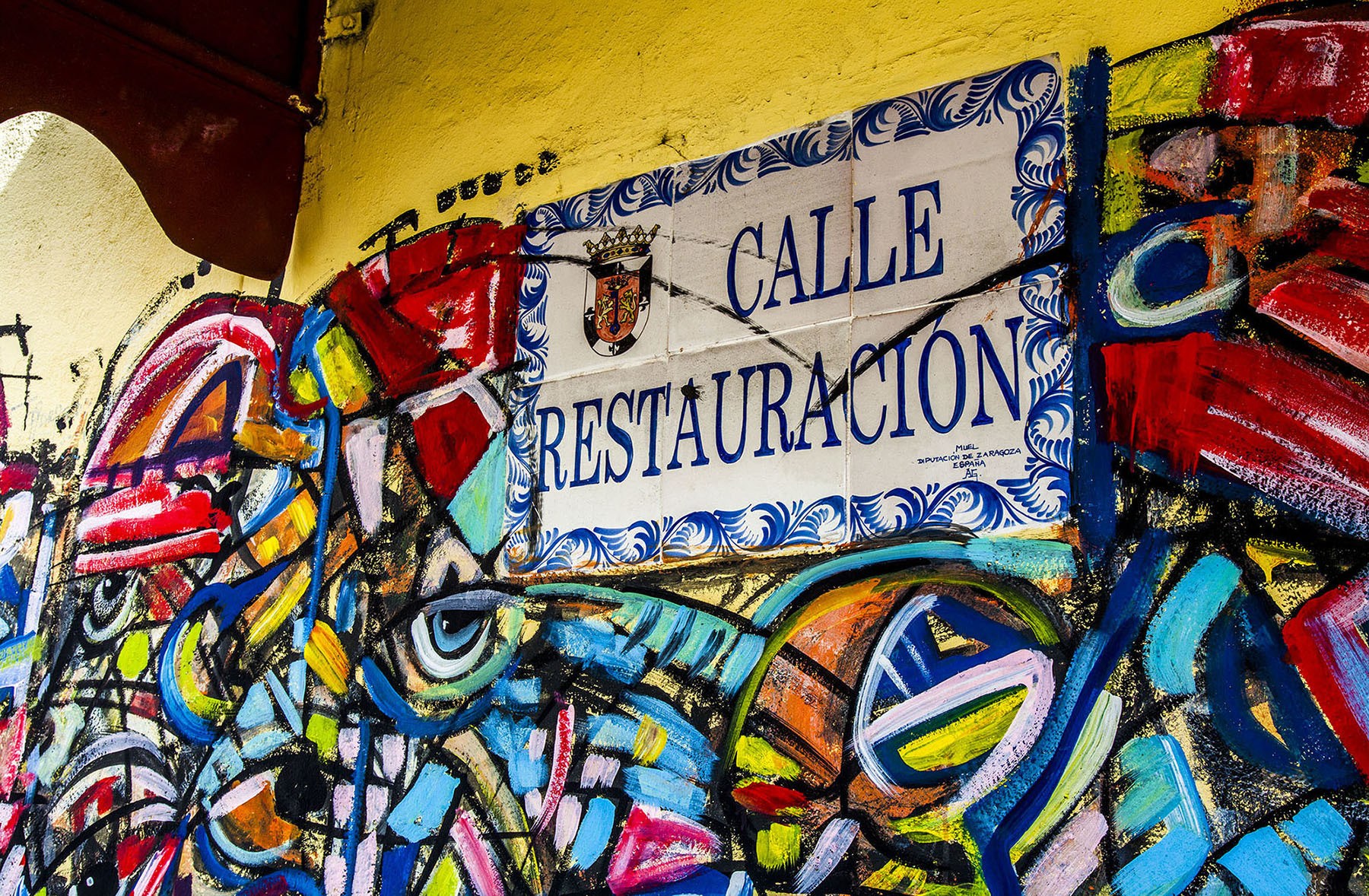
There are many colourful walls throughout Zona Colonial, like the turquoise and yellow Calle Jose Reyes. So getting around on foot is best for appreciating these beautiful pieces of street art.
Recommended Length of Stay in Santo Domingo
Two days
Accommodation - Staying in Santo Domingo
Santo Domingo offers a range of accommodation options, from luxury hotels to budget-friendly hostels.
Here are some that may be of interest to you.
Budget: La Choza Guesthouse
One of the affordable options is La Choza Guesthouse, located in the heart of the Colonial Zone. It's where Sofia, Eva and I stayed. The hostel features dormitory-style rooms with bunk beds, as well as private rooms with shared bathrooms. The rooms are clean and comfortable, with fans and air conditioning to keep you cool in the tropical heat.
The hostel also has a communal kitchen, where you can prepare meals, as well as a common area with a TV and board games.
Mid-Range: Hostal 53 Boutique Santo Domingo
This is a welcoming mid-range option conveniently located just outside the Colonial Zone. With air-conditioned rooms, a sunny terrace, and free WiFi, it offers a comfortable base to explore the city. The property is close to popular landmarks like the Malecón and Guibia Beach, and guests can start their day with a continental breakfast before heading out.
With friendly multilingual staff available around the clock, it’s a great choice for a hassle-free stay in Santo Domingo.
High End: Hotel Villa Colonial
Hotel Villa Colonial offers a boutique experience in the heart of Santo Domingo's Colonial Zone, blending historic charm with modern comfort. This upscale 3-star property features an outdoor pool, tropical gardens, and a tranquil patio for relaxation. Air-conditioned rooms come equipped with thoughtful amenities like a mini-fridge, safe, and free toiletries.
With its prime location near the Malecón and El Conde market, it’s perfect for exploring the city. Highly rated by solo travellers, it’s a refined choice for those seeking a more luxurious stay in Santo Domingo.
Food - Eating in Santo Domingo
Santo Domingo is a city with a rich culinary scene, offering a diverse range of cuisines that reflects the country's cultural heritage. Here are some recommendations for places to eat:
- Meson de Lluis (on Calle Hostos): This restaurant is known for its delicious Pollo Creole (Creole-style chicken), which is a local specialty. The chicken is marinated in a blend of spices and then cooked with peppers, onions, and garlic to create a flavorful dish. Meson de Lluis also serves other traditional Dominican dishes, such as sancocho (a hearty stew) and mofongo (a mashed plantain dish).
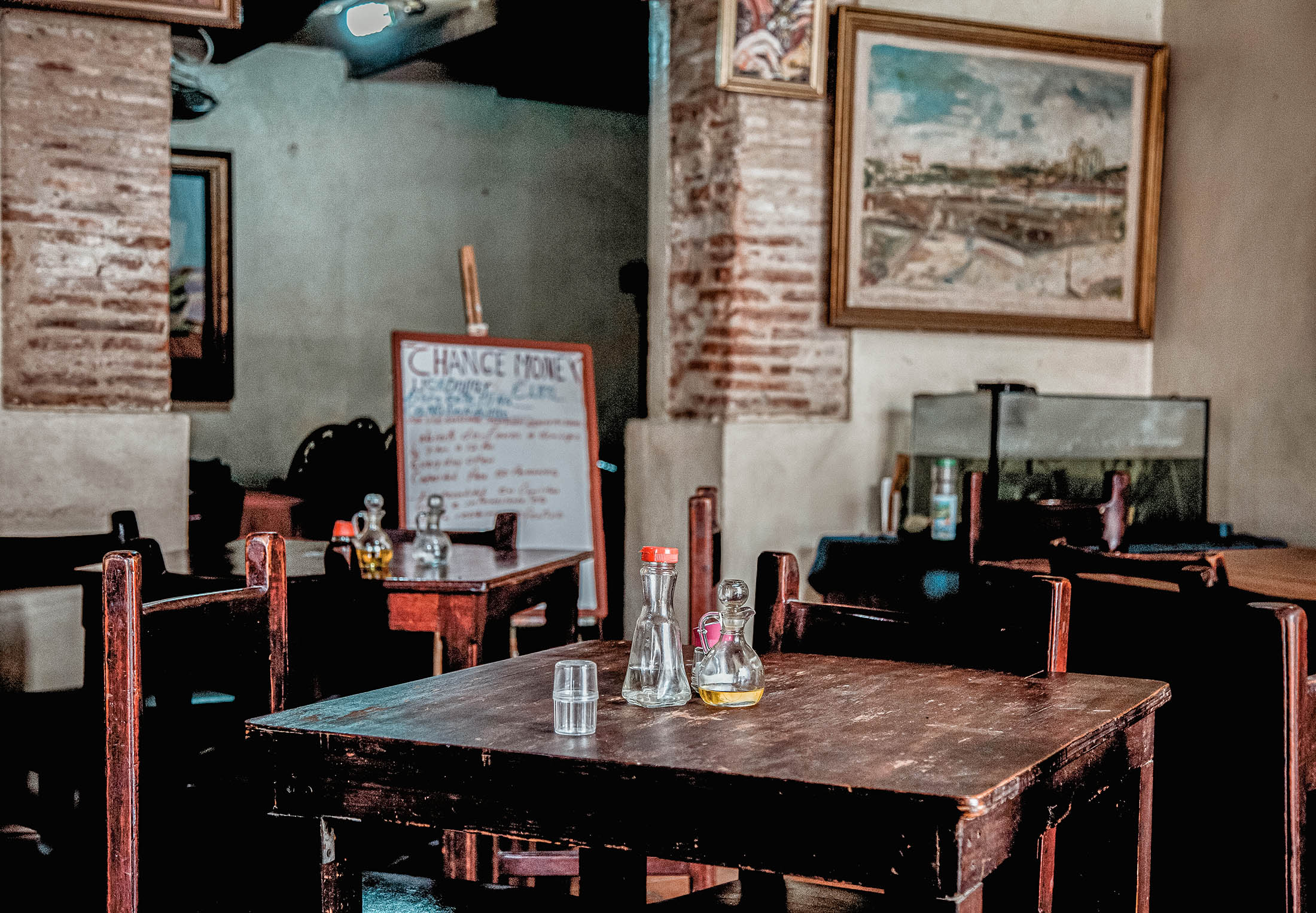
- Adrian's Restaurant: It offers a modern twist on traditional Dominican cuisine. The menu features dishes such as ceviche, grilled octopus, and pork belly tacos, as well as some international options. There are both indoor and outdoor seating options.
- La Briciola: If you're in the mood for Italian food, La Briciola is a great choice. This restaurant serves homemade pasta, wood-fired pizza, and other Italian favorites.
- El Conuco: For a taste of the Dominican countryside, head to El Conuco. This restaurant serves traditional dishes made with locally sourced ingredients, such as grilled meat, yucca, and plantains. The decor is rustic and charming, with wooden tables and a thatched roof.
- La Cassina: If you're looking for a more upscale dining experience, La Cassina is a great choice. The restaurant serves Mediterranean-inspired dishes, such as seafood risotto, grilled lamb chops, and truffle pasta. The atmosphere is elegant, with white tablecloths and dim lighting.
Transportation - Getting around Santo Domingo
On Foot
Walking is a great option for getting around in Santo Domingo, particularly in the Colonial Zone where many of the major attractions are located. The streets are lined with colourful colonial architecture, and there are plenty of shops, cafes, and restaurants to explore on foot.
However, be mindful of your surroundings, especially at night, and avoid any unlit or deserted areas.
By Bus
The public transportation system in Santo Domingo is made up of buses and minibuses, also known as guaguas. These are an inexpensive way to get around the city, but they can be crowded and chaotic.
Be sure to keep an eye on your belongings and be prepared for a bumpy ride.
By Taxi or Uber
Taxis and Ubers are readily available in Santo Domingo and are a convenient way to get around the city, particularly for those not comfortable with using public transportation.
Taxis can be hailed on the street or called in advance, while Ubers can be summoned via the app.
By Motorcycle or Scooter
Motorcycles and scooters are also popular modes of transportation in Santo Domingo, particularly for those looking for a more adventurous way to get around.
However, be aware that the streets can be congested and chaotic, and driving can be dangerous, particularly for those not accustomed to the city's driving style.
Always wear a helmet and be aware of your surroundings.
By Bicycle
Bicycling is becoming an increasingly popular way to get around Santo Domingo, particularly in the city's parks and green spaces.
There are also several companies that offer bike tours of the city.
However, be aware that some of the city's streets may not be well-suited for cycling.
Transportation - Getting to Santo Domingo
By Air
Santo Domingo has one international airport: Las Américas International Airport (SDQ), which is located about 20 km east of the city centre.
Several airlines, including major carriers such as American Airlines, Delta, JetBlue, and United Airlines, operate flights to and from SDQ to various cities in the United States, Canada, Europe, and the Caribbean.
There are also domestic flights connecting other cities in the Dominican Republic to Santo Domingo.
By Bus
Several bus companies operate services between major cities in the Dominican Republic, including Punta Cana, Santiago, Puerto Plata, and Barahona, and Santo Domingo.
Some of the popular bus companies are Caribe Tours and Transporte Espinal. The buses are comfortable and offer air conditioning and onboard restrooms. The fares are usually reasonable and can be purchased at the bus terminal or online.
By Car
Driving to Santo Domingo is possible, but it can be challenging for those who are not used to driving in the Dominican Republic. The country's roads are generally in good condition, but some areas can be hilly and winding.
There are several car rental companies available at the airport and in the city, and the major highways are easy to navigate.
Save this itinerary for future reference!
JARABACOA (Days 3-4)
The opposite to the idea of the Caribbean paradise-seekers have in mind, Jarabacoa (nestled in the foothills of surrounding mountains at the heart of the island) maintains a laidback, bucolic charm.
It’s here that rivers wind around heavily forested mountain-slopes, adventure-seekers canyon, bike, hike and raft, and affluent Dominicans come to spend the weekend. It’s also in Jaraboacoa that Sofia and I escaped the bustle of Santo Domingo and got back to basics, hiking, walking, waterfall-chasing and appreciating some of nature’s finer features.
Jarabacoa is a town near the Cordillera Central, the mountain range that stretches from a point west of Santo Domingo to the border with Haiti. Dotted with several peaks, one of which stretches heavenward to 3175 metres, it’s structurally complex and filled with diversity. Settlements are sparse; it’s not a place you visit if you don’t enjoy being immersed in nature.
We based ourselves at Jarabacoa Mountain Hostel, a moderate hike out of town. However, the core of the town is home to a few other accommodation offerings.
Aside from the adventure-laden sports mentioned above, the key natural sights are listed below.
Things to Do, See and Experience in and near Jarabacoa
Salto de Jimenoa Uno (Waterfall)
Following a muddy descent through dense shrubbery deep into a canyon, the 35-metre high beauty emerges.
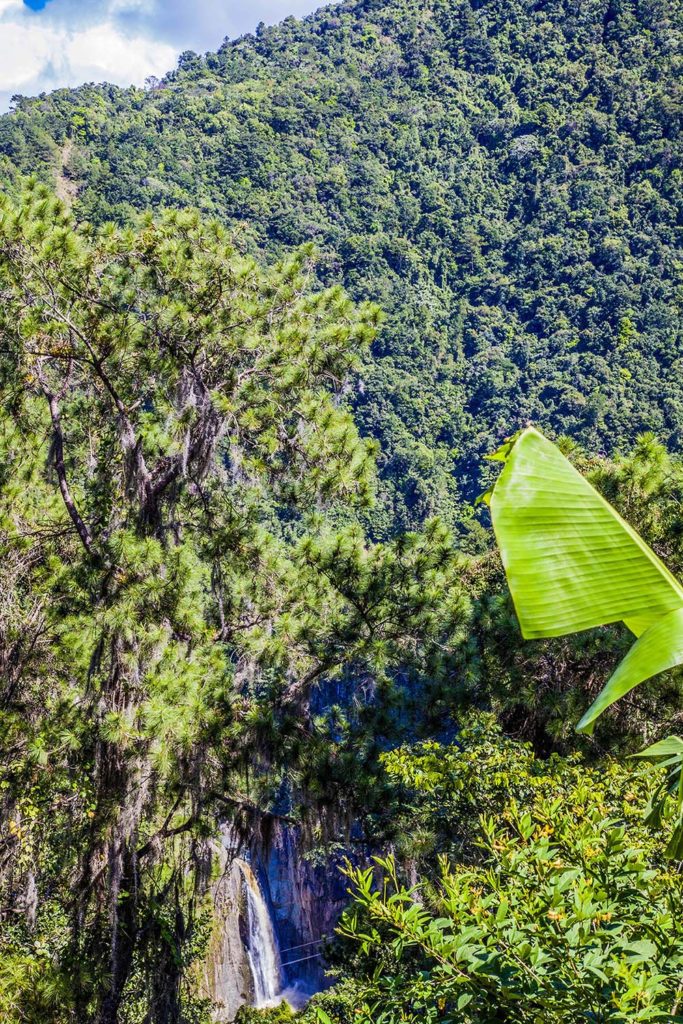
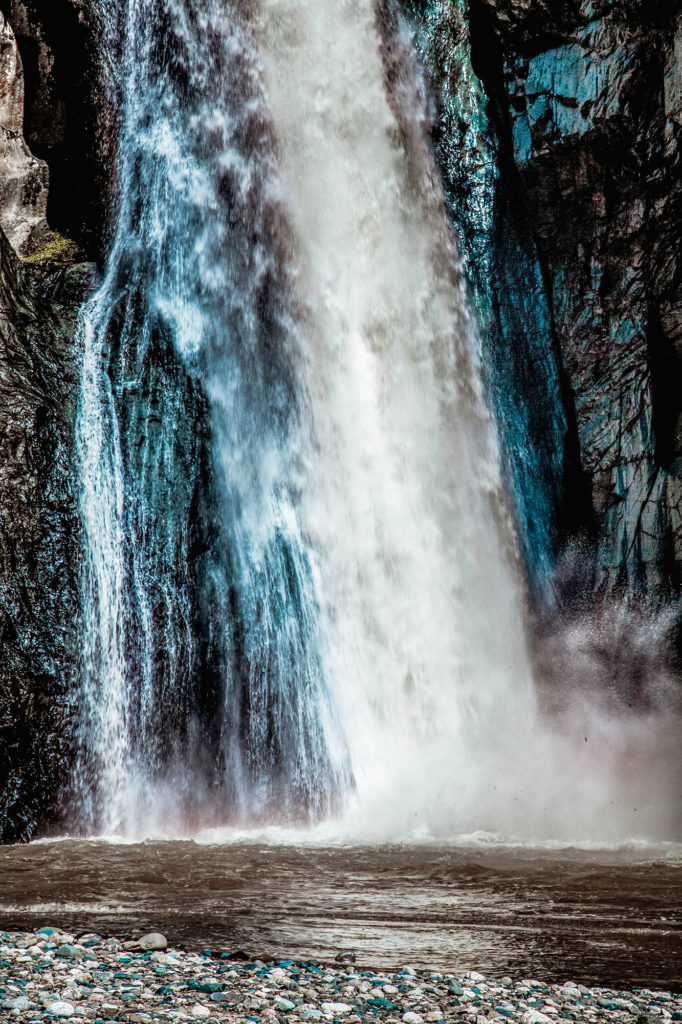
Discovered fortuitously by English construction workers (building a hydroelectric facility nearby) in the early 20th century, it’s one of the most heavily visited natural sights in the region. It’s visually impressive, even if the water – at the time of our visit – is a tint of brown. The serenity of sitting completely surrounded by Mother Nature was unbeatable.
There is a small fee to pay at the entrance, before descending the gravel path. There is a Salto de Jimenoa Dos (separate to Salto de Jimenoa Uno).
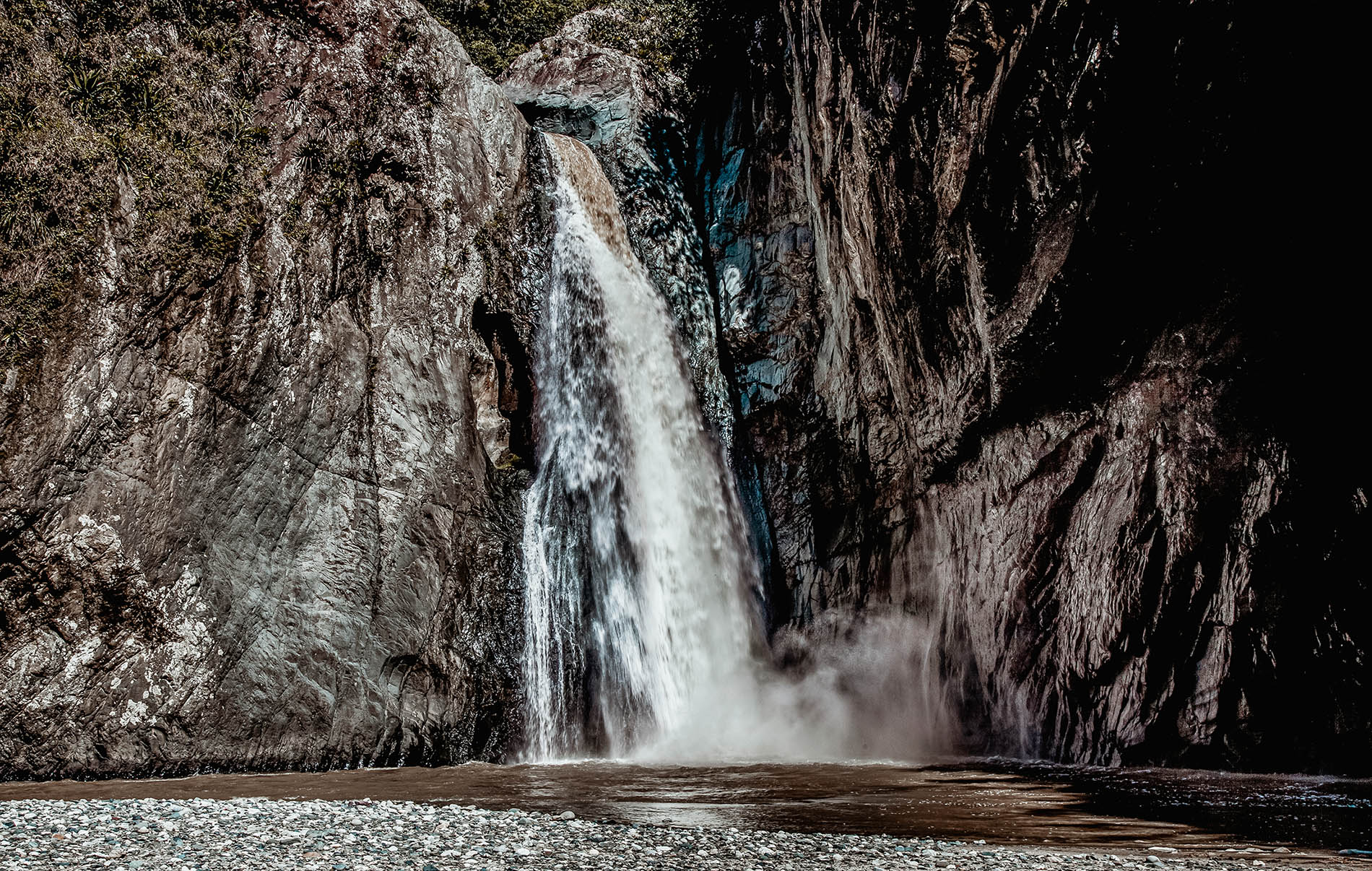
Sofia and I were both on small budgets, independently backpacking our way around the world. We didn’t have enough means to hire a car for 10-days so in Jarabacoa, we decided to hire a driver for the better part of a day to get to both the waterfalls listed here.
It would be difficult to get to the waterfalls using only public transport; it doesn’t seem to exist. You could, perhaps, hire a bicycle but plenty of time and energy would be needed.
Salto de Baiguate (Waterfall)
Visually less impressive than Jimenoa Uno, it’s still a worthwhile trek and, unlike the other waterfalls, is fit for swimming. It too is surrounded by a plush canyon, idyllic for immersing yourself in nature.
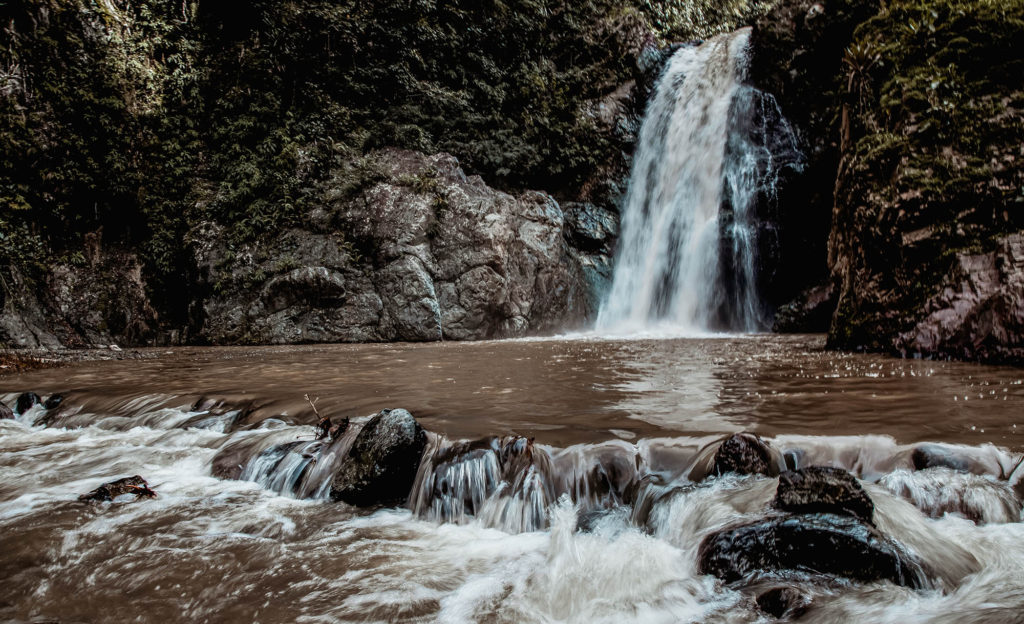
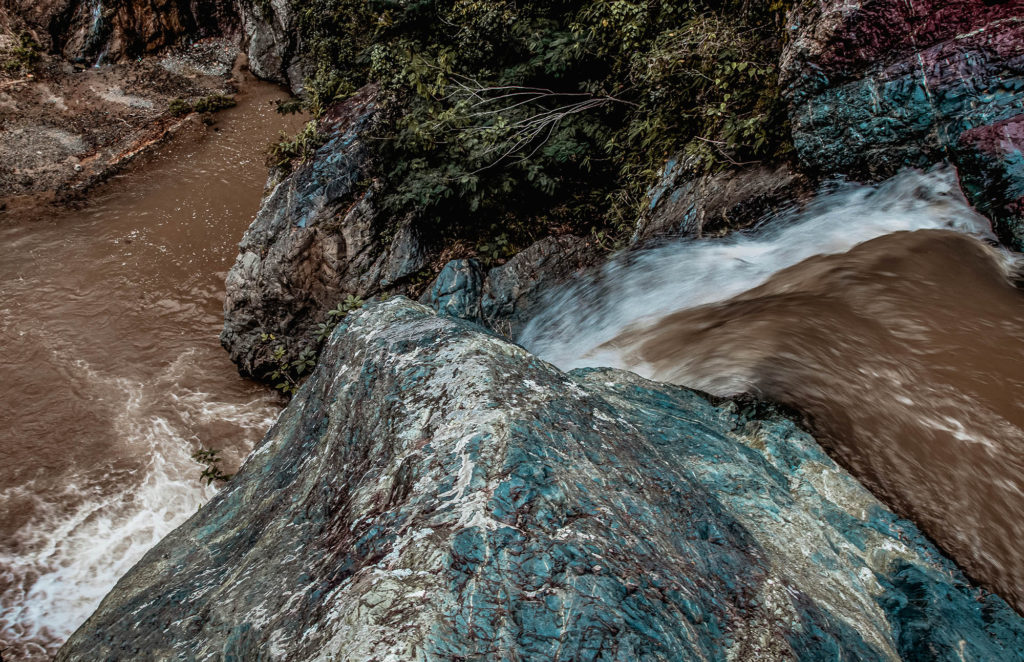
It’s a 300-metre walk to the waterfall from the car park.
We chose not to swim, but the water (in person) seemed a little clearer and cleaner than Jimenoa Uno.
ATV Trails
For those looking to amp up the adventure, hiring an ATV in Jarabacoa offers an exciting way to explore the region’s rugged trails and lush surroundings.
While Sofia and I didn’t try it ourselves, it seems like a fantastic option for anyone seeking a bit of adventure during their time in Jarabacoa. Whether you’re travelling with friends or a partner, this could be an exhilarating way to see another side of the mountain town.
The guided excursions provide a thrilling combination of nature and off-road exploration, taking riders through scenic landscapes and unpaved paths that showcase the area’s natural beauty. The tours cater primarily to couples or groups, so they aren’t typically suitable for solo travellers.
➡ Book your ATV tour here
Constanza
Allegedly the Switzerland of the Caribbean, a visit to the oldest and highest town of the Dominican Republic was non-negotiable. One-hour in a car south-west of Jarabacoa, the scenic drive took us through the winding roads of the Cordillera Central mountain range, revealing lush vegetation and stunning vistas.
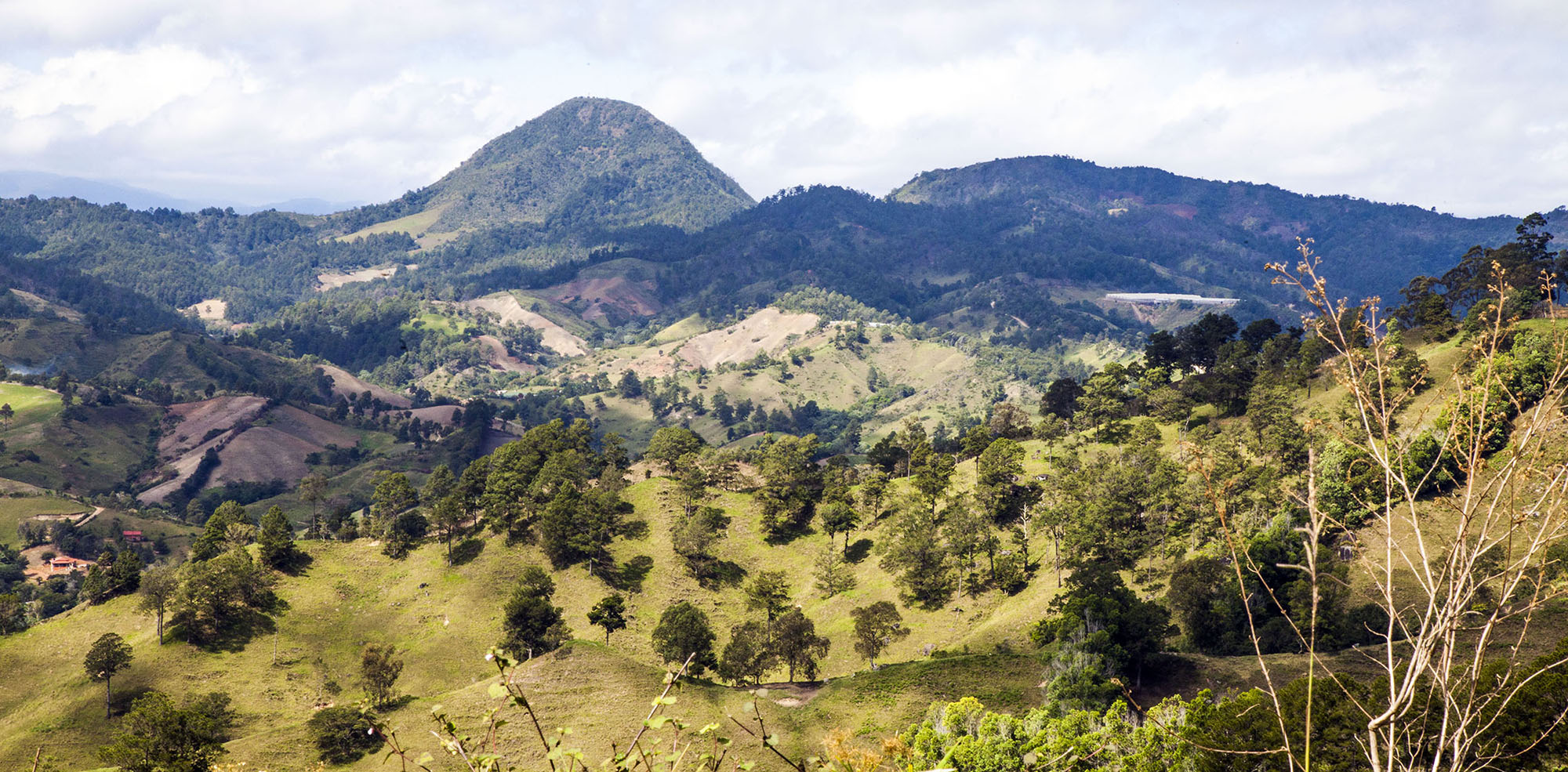
Once in Constanza, we were greeted by a cooler climate and a unique landscape of rolling hills, green pastures, and farmland.
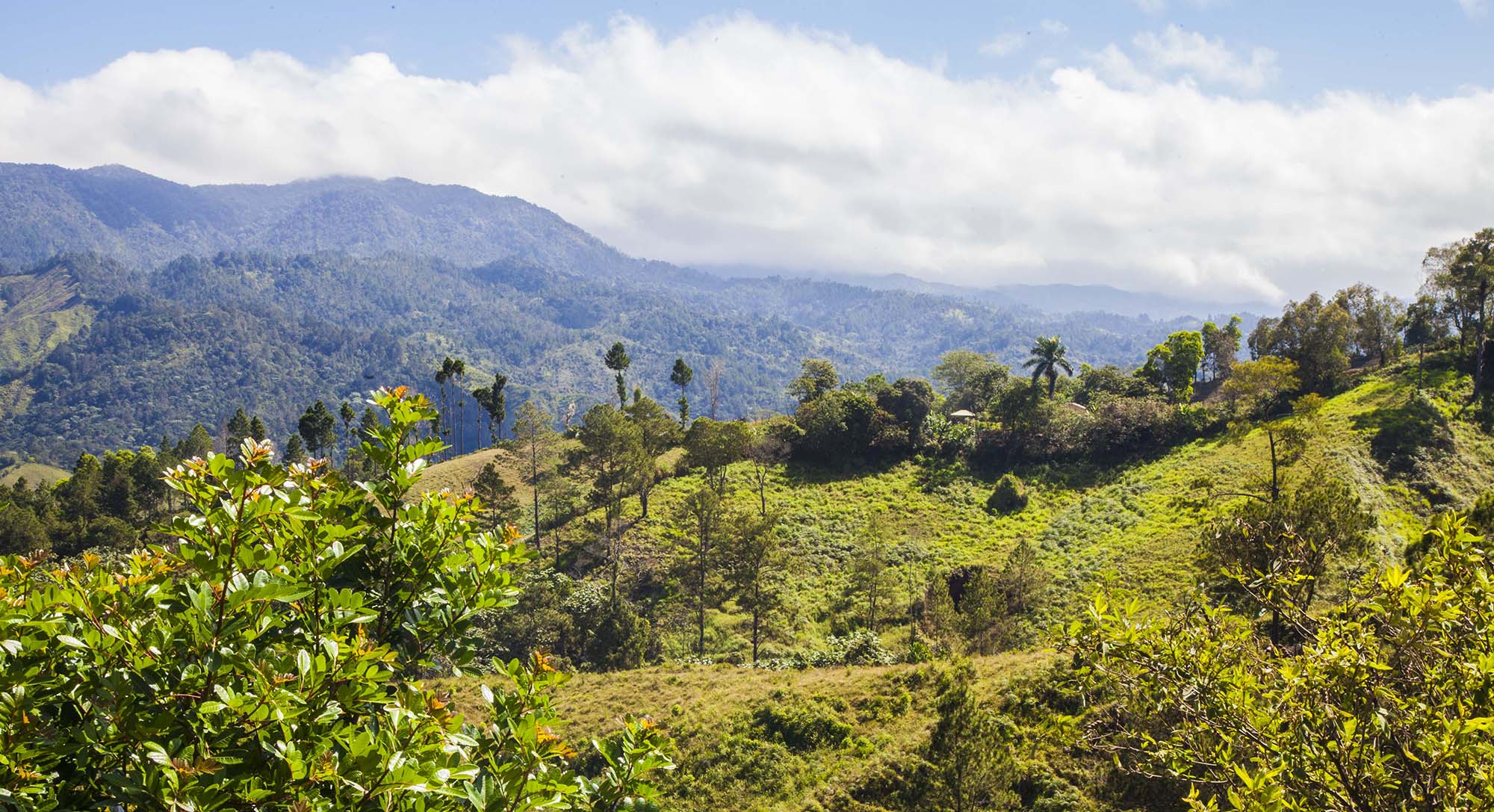
The town is known for its agriculture and is a major producer of fruits, vegetables, and flowers for the country. You can visit a local farm to taste freshly harvested produce, and learn about the challenges and rewards of agriculture in the region.
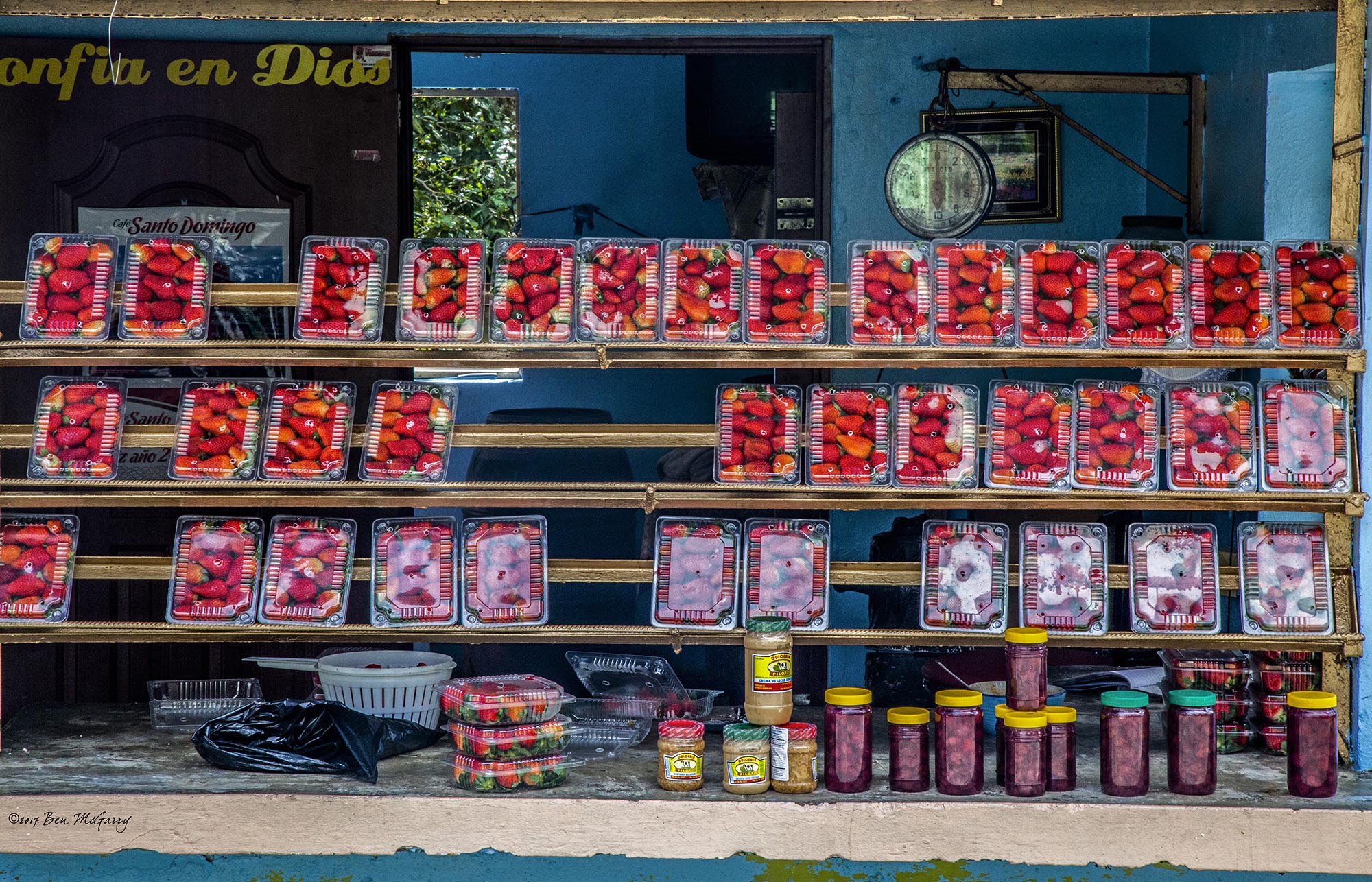
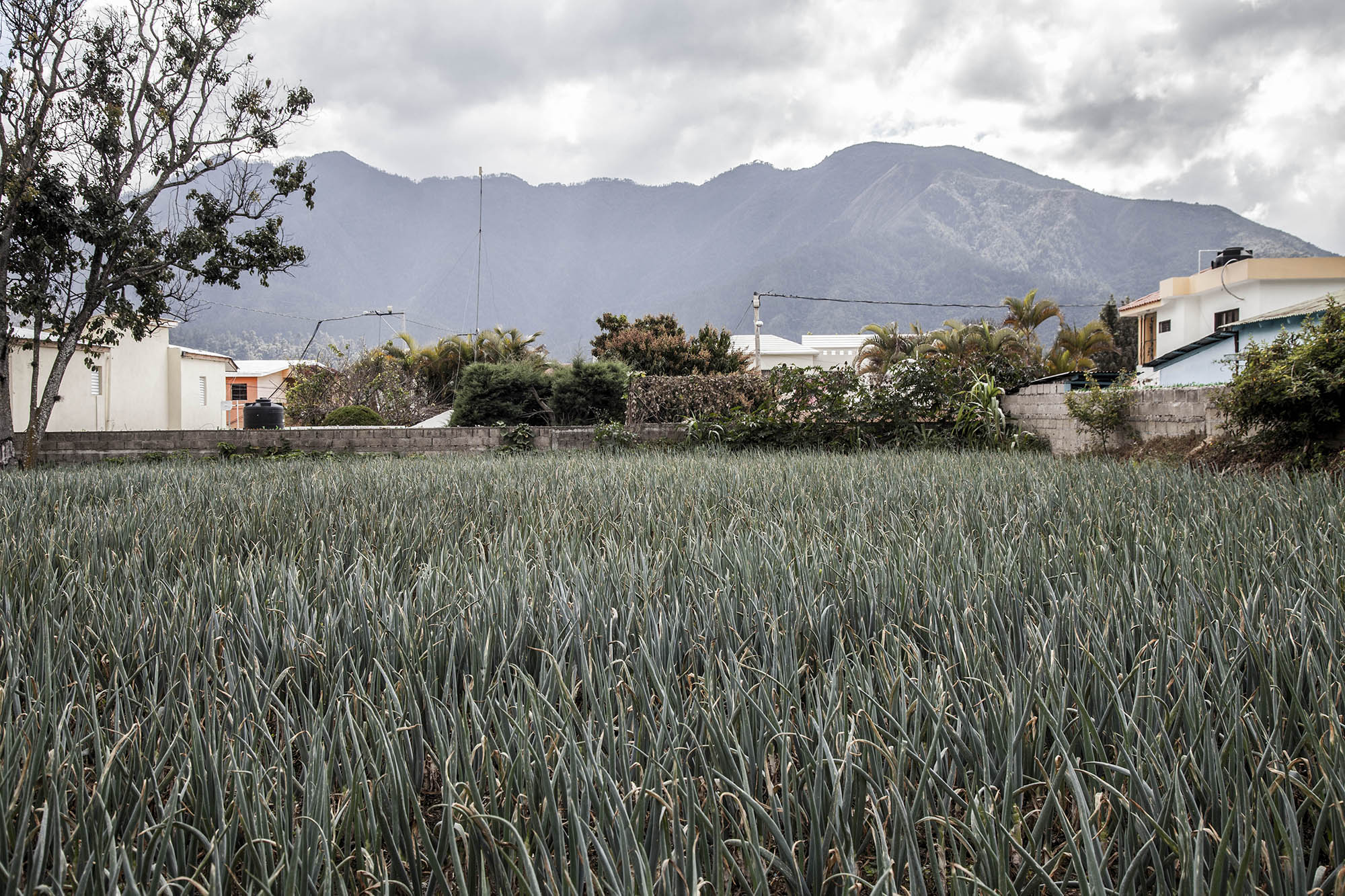
Constanza is also a great base for hiking, and exploring Pico Duarte (the highest peak in the Caribbean).
Towards the end of the visit, we were ready to refuel when we stumbled upon a popular local eatery. It was rice and beans for lunch which was simple yet satisfying.

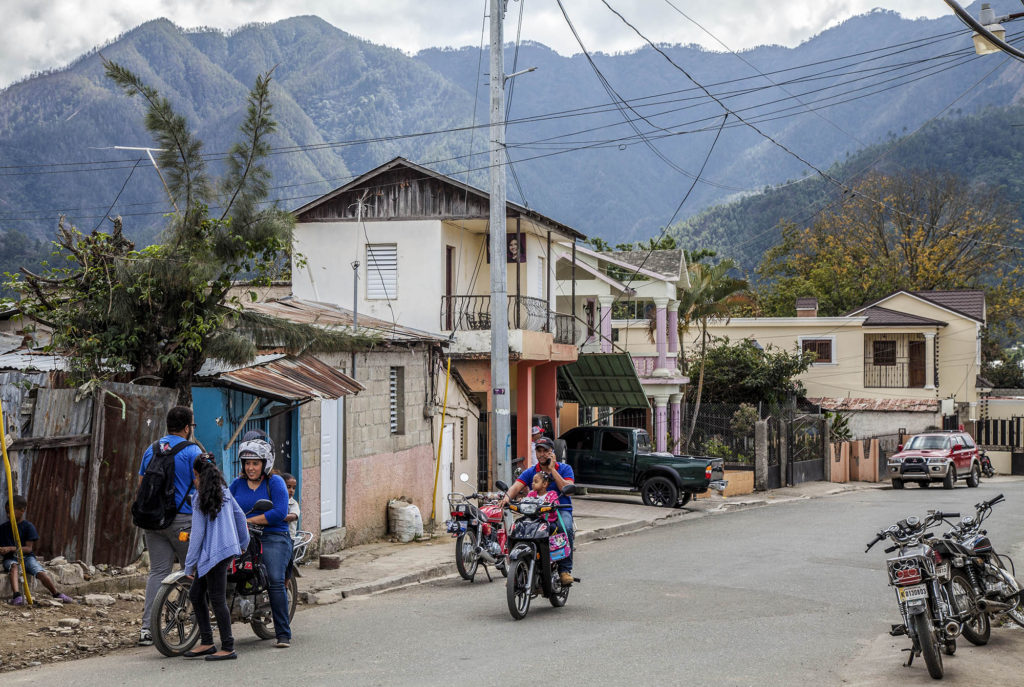
The lack of travellers (aside from our small group) made the experience feel authentic.
Recommended Length of Stay in Jarabacoa
Two to three days
Accommodation - Staying in Jarabacoa
Whether you're looking for a luxurious retreat or budget-friendly accommodation, there are plenty of options available.
Budget: Jarabacoa Mountain Hostel
For budget travellers (like me), the Jarabacoa Mountain Hostel is a great option. It offers affordable accommodation in a beautiful mountain setting. There are private and shared rooms, a communal kitchen, and a lounge area where you can relax and socialise. We thoroughly enjoyed our stay here.
Mid-Range: Hotel Gran Jimenoa
Hotel Gran Jimenoa is a serene mid-range escape in Jarabacoa, nestled amid lush gardens and offering stunning views of the surrounding nature. The hotel features air-conditioned rooms with private balconies and modern amenities, plus a restaurant and bar for dining. You can unwind with wellness facilities like a sauna and hot tub or enjoy activities such as table tennis and billiards.
Conveniently located near Salto de Jimenoa, it’s a fantastic base for exploring the area’s natural beauty. Popular with solo travellers, it’s a peaceful retreat for adventurers and relaxation seekers alike.
High End: Vista del Campo Country Club & Villas
Vista del Campo Country Club & Villas offers a luxurious retreat in Jarabacoa, where stunning mountain views and contemporary comfort come together. Recently renovated, this 4-star property features spacious, air-conditioned villas with private balconies, fully equipped kitchens, and a range of amenities for a home-like experience.
You can enjoy a refreshing dip in the outdoor pool, unwind by the outdoor fireplace, or indulge in local cuisine at the on-site restaurant. With bike rentals, car hire, and a variety of dining options, it's an ideal spot for both relaxation and outdoor adventures.
Food - Eating in Jarabacoa
Jarabacoa offers a variety of dining options that cater to all tastes and budgets. These include local eateries, some restaurants and cafes.
We bought food at a supermarket and took advantage of kitchen facilities at the hostel to cook.
Transportation - Getting around Jarabacoa
On Foot
Jarabacoa is a small town, and many of the amenities are within walking distance of each other.
However, for some of the key sights (such as the waterfalls), you'll need to consider using a taxi or hitching a ride with someone. Distances are far and public transportation is not likely to be a viable option.
By Taxi
Taxis are readily available in Jarabacoa, and they are a convenient option for getting around town. They're not metered, so iagree on the price before getting into the vehicle.
By Car or Motorcycle
This is the most flexible way of getting around to some of the key sights.
Drive defensively!
Transportation - Getting to Jarabacoa
By Air
The closest airport to Jarabacoa is the Cibao International Airport (STI) located in Santiago De Los Caballeros, approximately 30 kilometres away.
Some major airlines, such as American Airlines, Delta, JetBlue, and United, offer flights to Santiago from various cities in the United States, Canada, and Europe.
Once you arrive at the airport, you can take a taxi or a bus to Jarabacoa.
By Bus
There are several bus companies that operate daily services from Santo Domingo and Santiago to Jarabacoa. Caribe Tours and Transporte Espinal are two of the most popular ones.
The journey from Santo Domingo to Jarabacoa takes between 2.5 and 3 hours, while the journey from Santiago takes around 45 minutes to 1 hour.
By Car
If you are driving, Jarabacoa is located on the Duarte Highway (Route 1), which connects Santo Domingo to Santiago.
It is recommended you rent a car from one of the major car rental companies, such as Hertz, Avis, or Budget. Ensure it comes with a GPS or a map to navigate.
LAS GALERAS (Days 5-7)
Located on the northeastern coast of the Dominican Republic, far from the bustle of Punta Cana's mega-resorts, lies the charming village of Las Galeras. This hidden gem is a perfect destination for those looking to experience a more laid-back and authentic side of the island.
While the town itself is small and unassuming, the surrounding area is breathtakingly beautiful. A winding coastal road takes visitors past lush forests and pristine beaches, with stunning views of the turquoise waters of the Caribbean Sea at every turn.
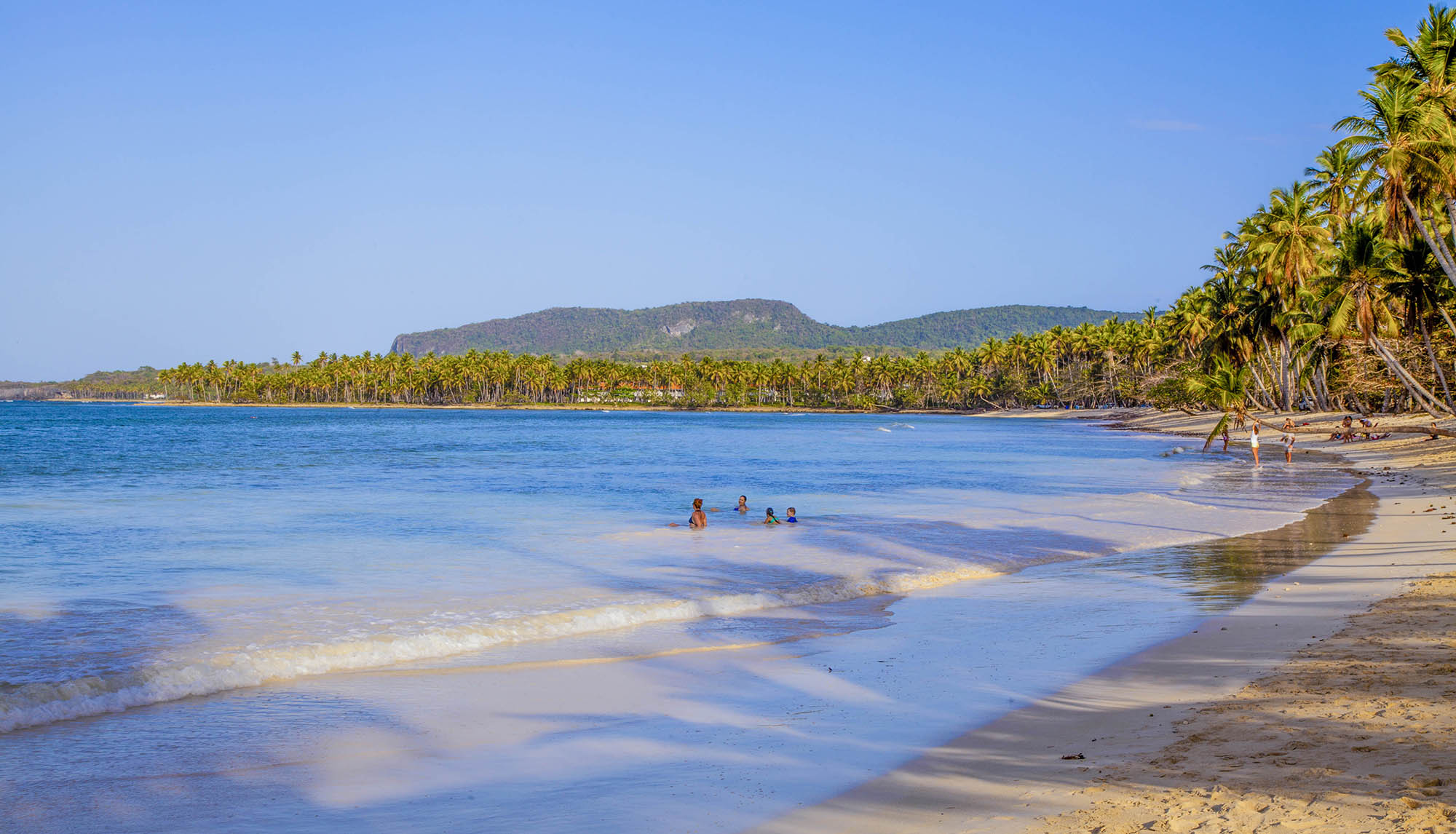
But it's not just the natural beauty that makes Las Galeras a must-visit destination. The village has managed to retain its traditional Dominican charm, with colourful wooden houses, bustling street markets, and friendly locals who are always happy to chat with visitors.
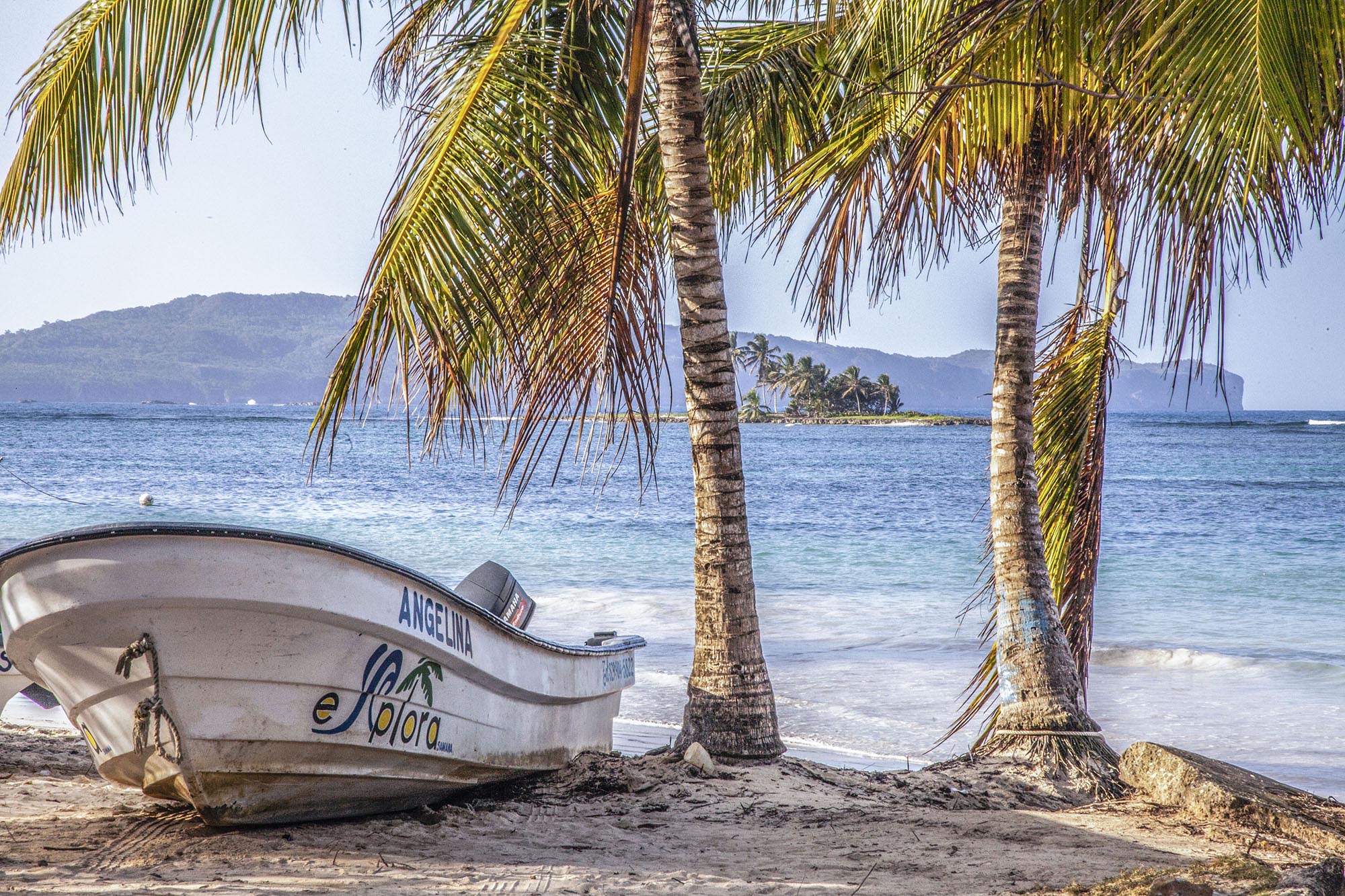
For those looking to escape the crowds and experience a slice of local life, Las Galeras is the perfect choice. Whether you're sipping a cold beer at a beachside bar, sampling freshly caught seafood at a local restaurant, or exploring the rugged coastline by boat, you're sure to fall in love with the relaxed and welcoming atmosphere of this hidden gem.
It was (and is) my favourite corner of the island!
Things to Do, See and Experience in Las Galeras
Playa Las Galeras
The beach's crystal-clear turquoise waters and pristine white sands are just the beginning of its appeal.
With calm waters protected by a natural reef, Playa Las Galeras is an ideal spot for swimming, snorkelling, and diving. Fringed by palms and colourful, old wooden boats, we splashed in the balmy waters. The sand was clay-like, moulding into shapes under the pressure of our feet.
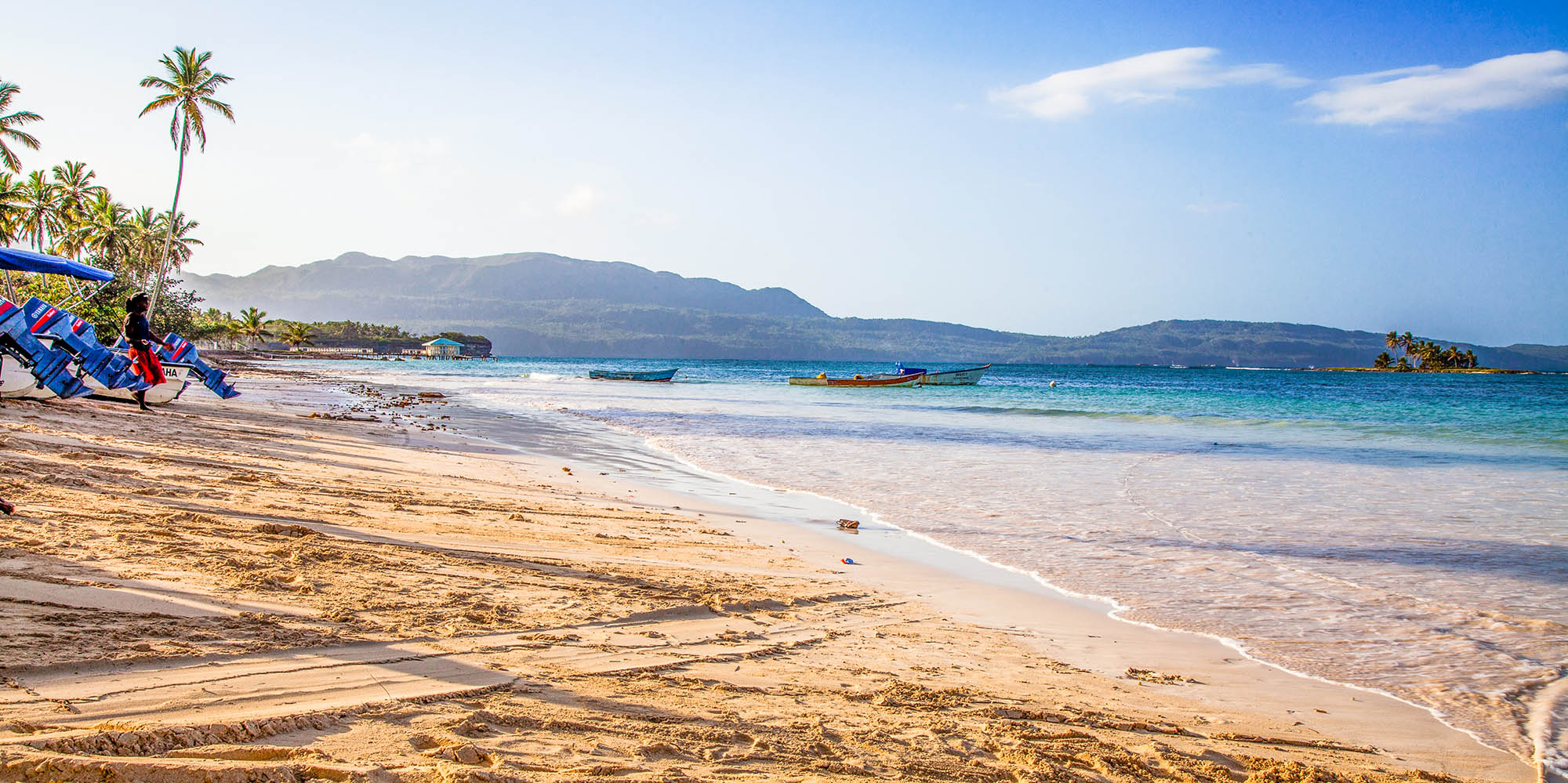
There are plenty of activities to keep you busy. Hiking trails offer stunning views of the surrounding hills and coastline, and horseback riding tours provide a unique way to explore the area's lush tropical landscapes. Rent a paddle board or kayak to explore the nearby mangrove forests and hidden coves.

Or simply have a quiet day on the beach. We spent some time relaxing under the shade of palm trees. You can rent a beach chair and enjoy the sound of the waves.
There are beachfront restaurants and bars - get yourself a refreshing drink or fresh seafood caught that same day.
Playa Fronton and Playa Madama
Picture this: you're cruising through crystal-clear waters, surrounded by towering cliffs and lush vegetation. Suddenly, you spot a majestic humpback whale breaching the surface of the ocean. You hold your breath in awe, then quickly grab your camera to capture the moment.
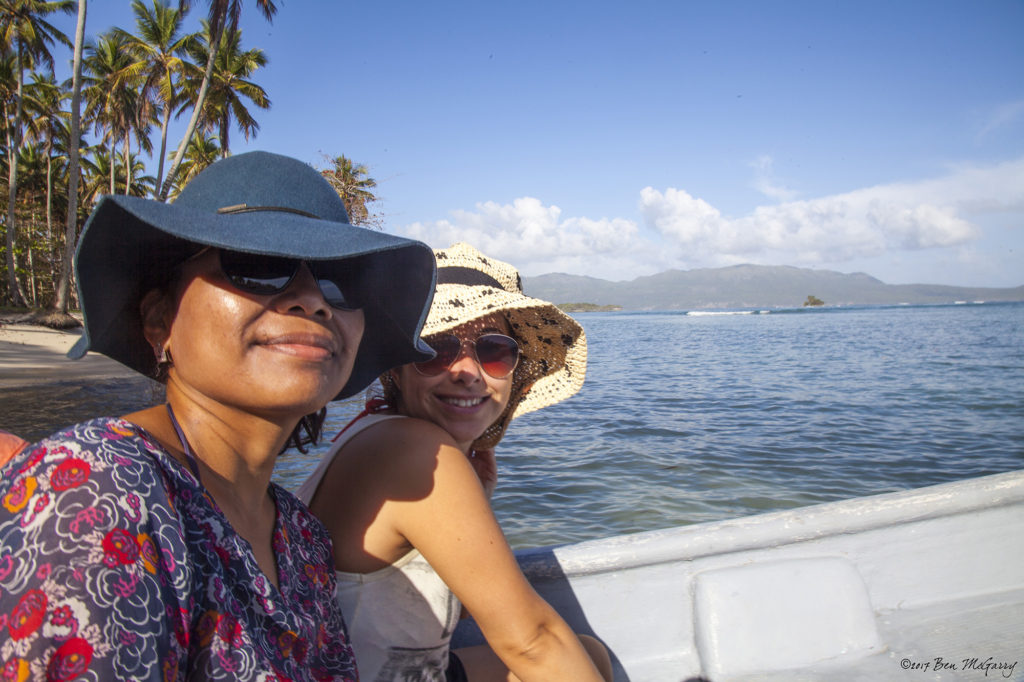
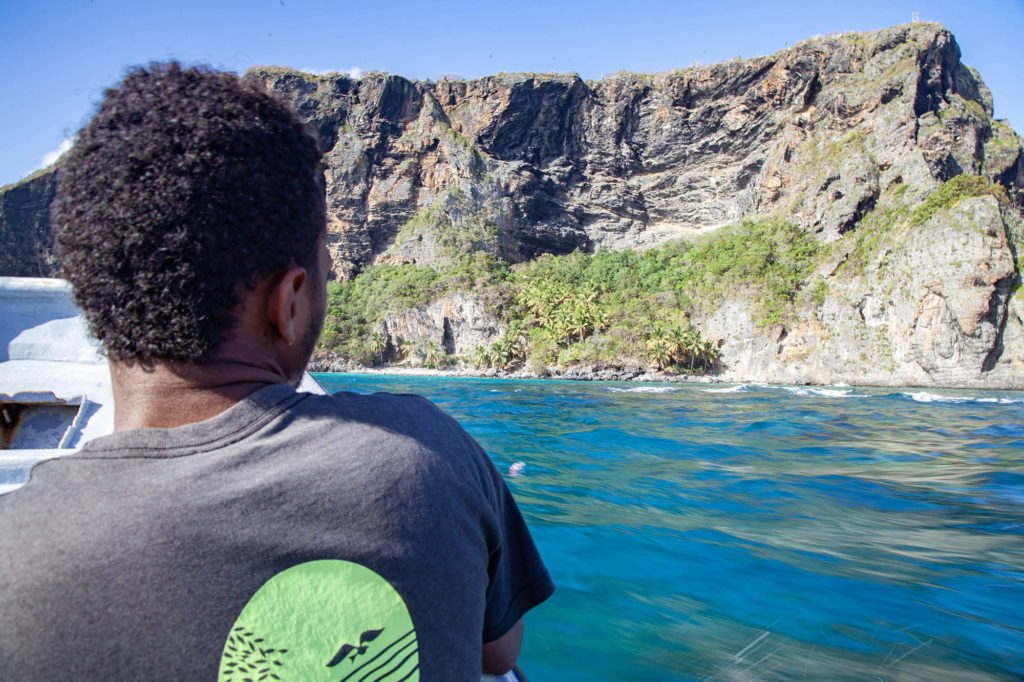
This is just the beginning of your adventure to Playa Fronton and Playa Madama.
But the thrilling speed boat ride isn't the only experience: there are caves with ancient artwork to explore while you're here.
As you make your way up Playa Fronton, you'll be in awe of the stunning views around you.
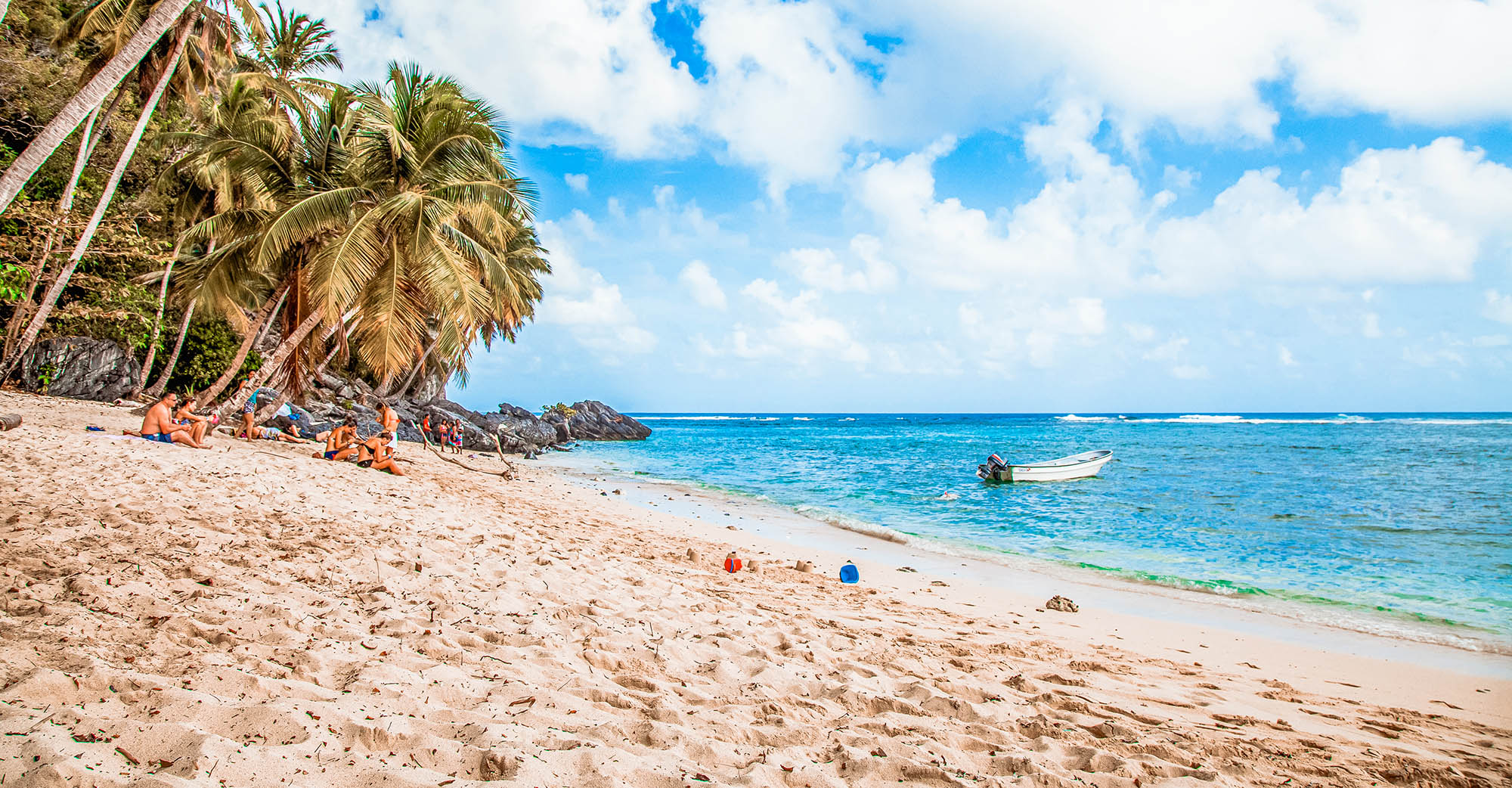
A muscular Dominican man emerges before you from the azure waters, adorned only in threadbare underwear with a knife tucked resourcefully beside his family jewels. The pescador has just caught your lunch using the same methods that have been passed down through generations.
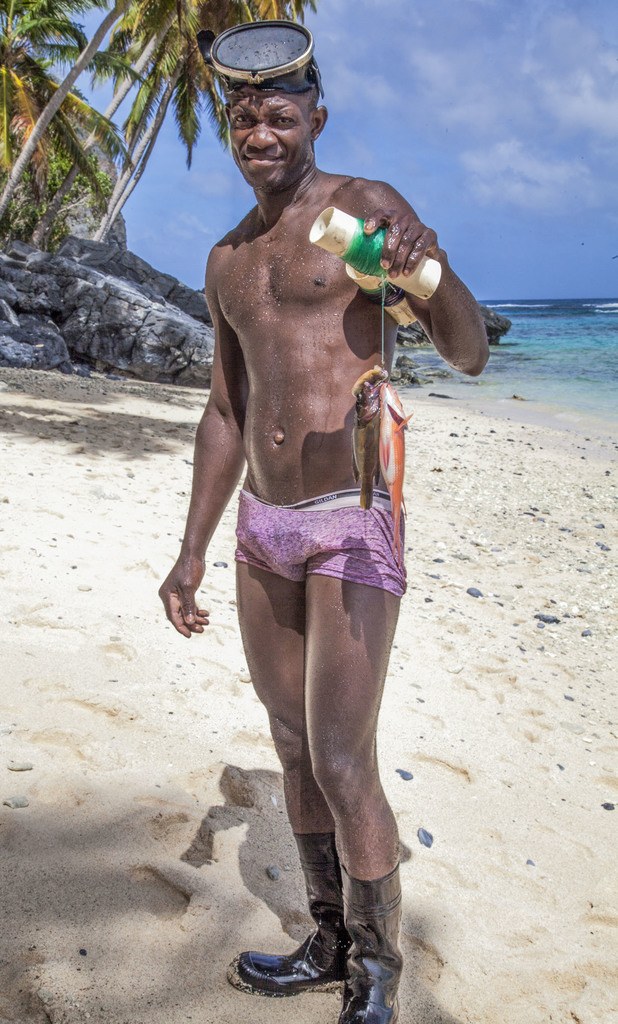
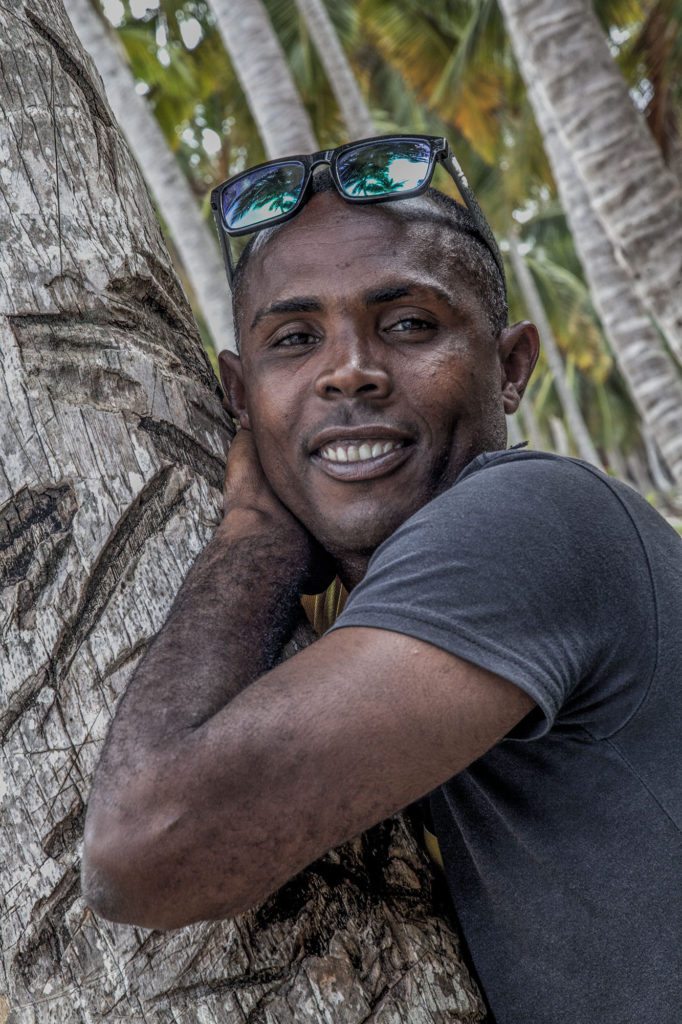
A highlight of the trip is the food, caught fresh by the pescador, then cooked over hot coals. This is the kind of meal you won't forget.
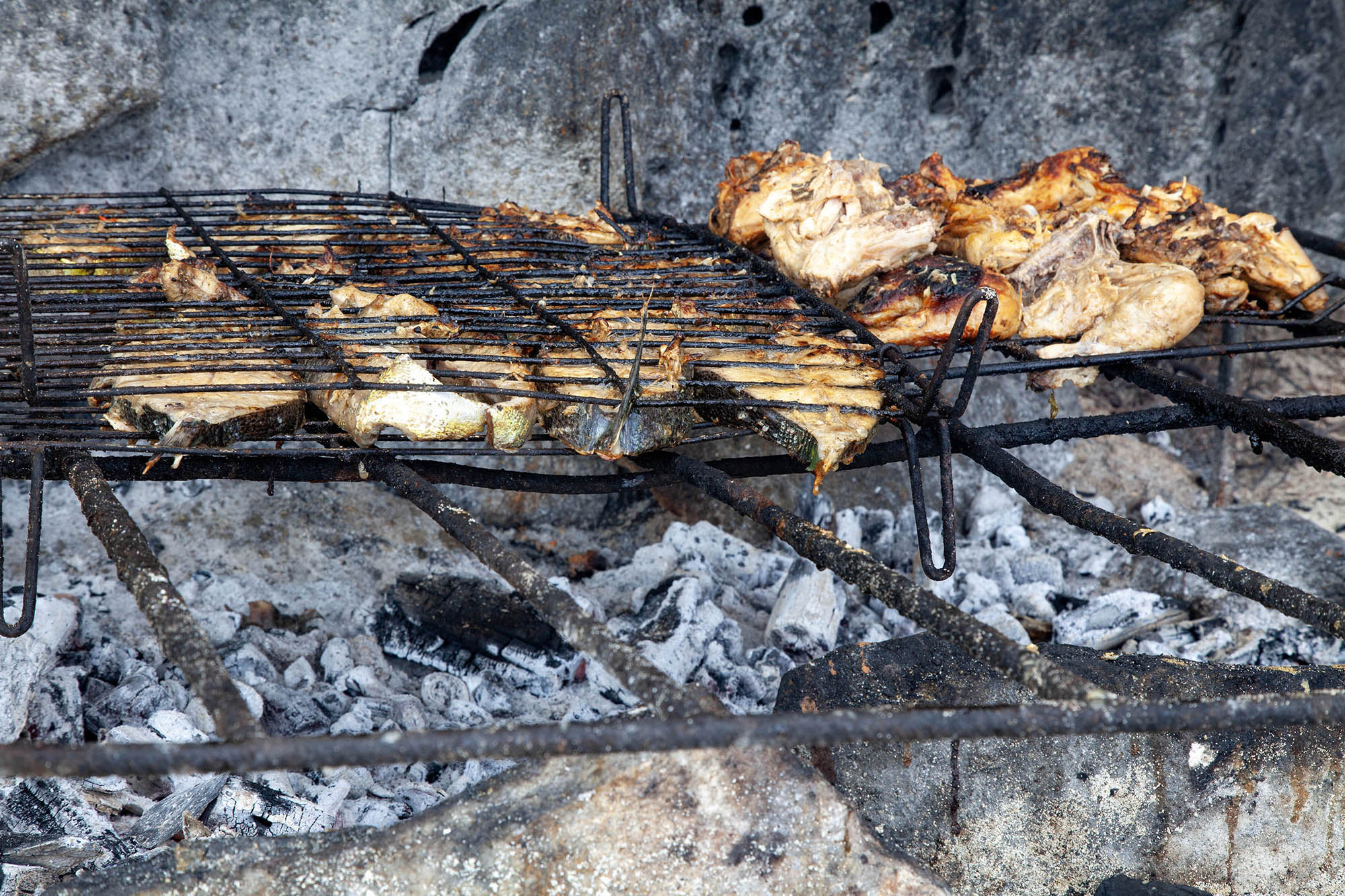
Playa Fronton is a secluded beach paradise that took my breath away!
This one-day tour also includes a visit to Playa Madama, another stunning beach that's picture-perfect. With clear turquoise waters, it's the perfect place for swimming and snorkelling under the Caribbean sun.
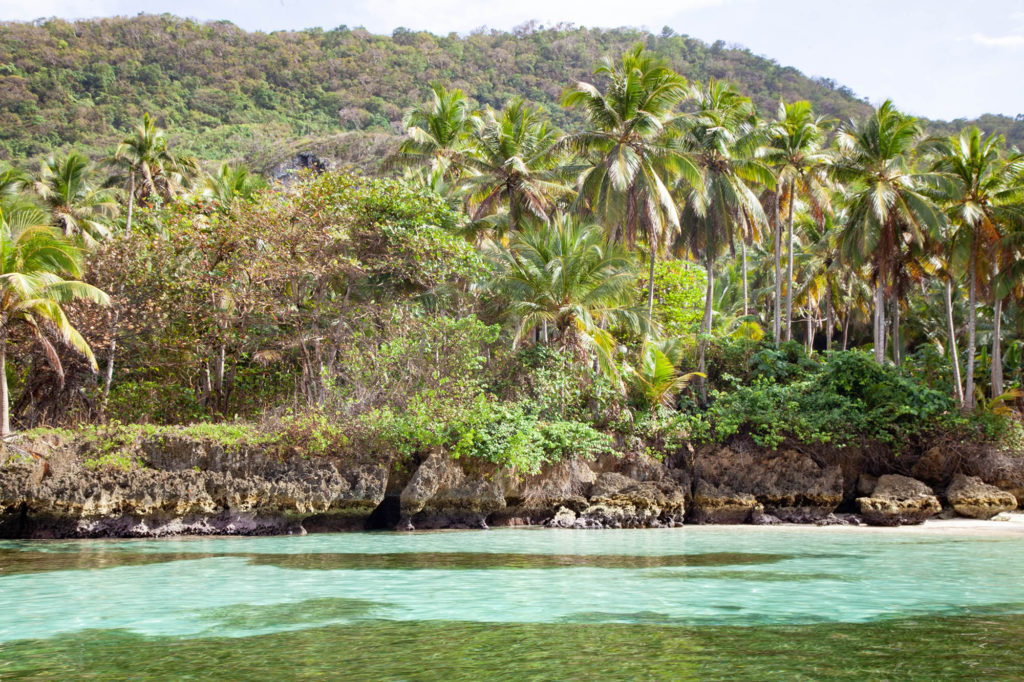
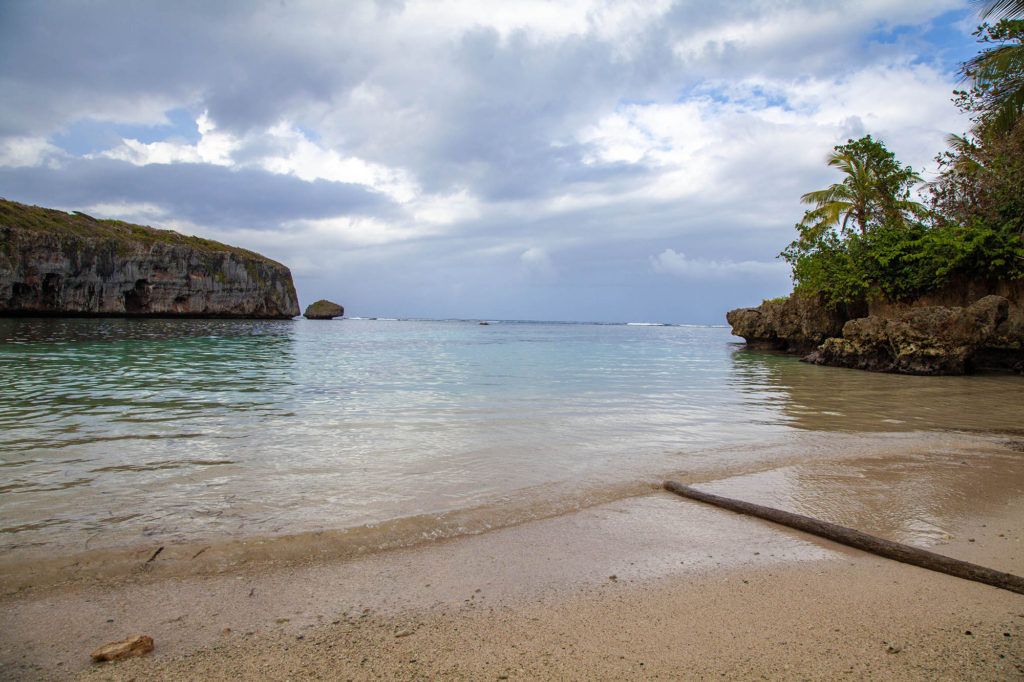
So, if you're looking for a unique and unforgettable adventure during your trip to this corner of the Dominican Republic, arrange a boat tour to Playa Fronton and Playa Madama (which we did on the shores of Las Galeras).
Playa Rincon
Hidden behind the winding dirt roads and lush jungle terrain of the Samaná Peninsula lies a secluded oasis. Playa Rincon, one of the Dominican Republic's best-kept secrets, boasts pristine white sand beaches and crystal-clear waters, perfect for a day of ultimate relaxation and adventure.
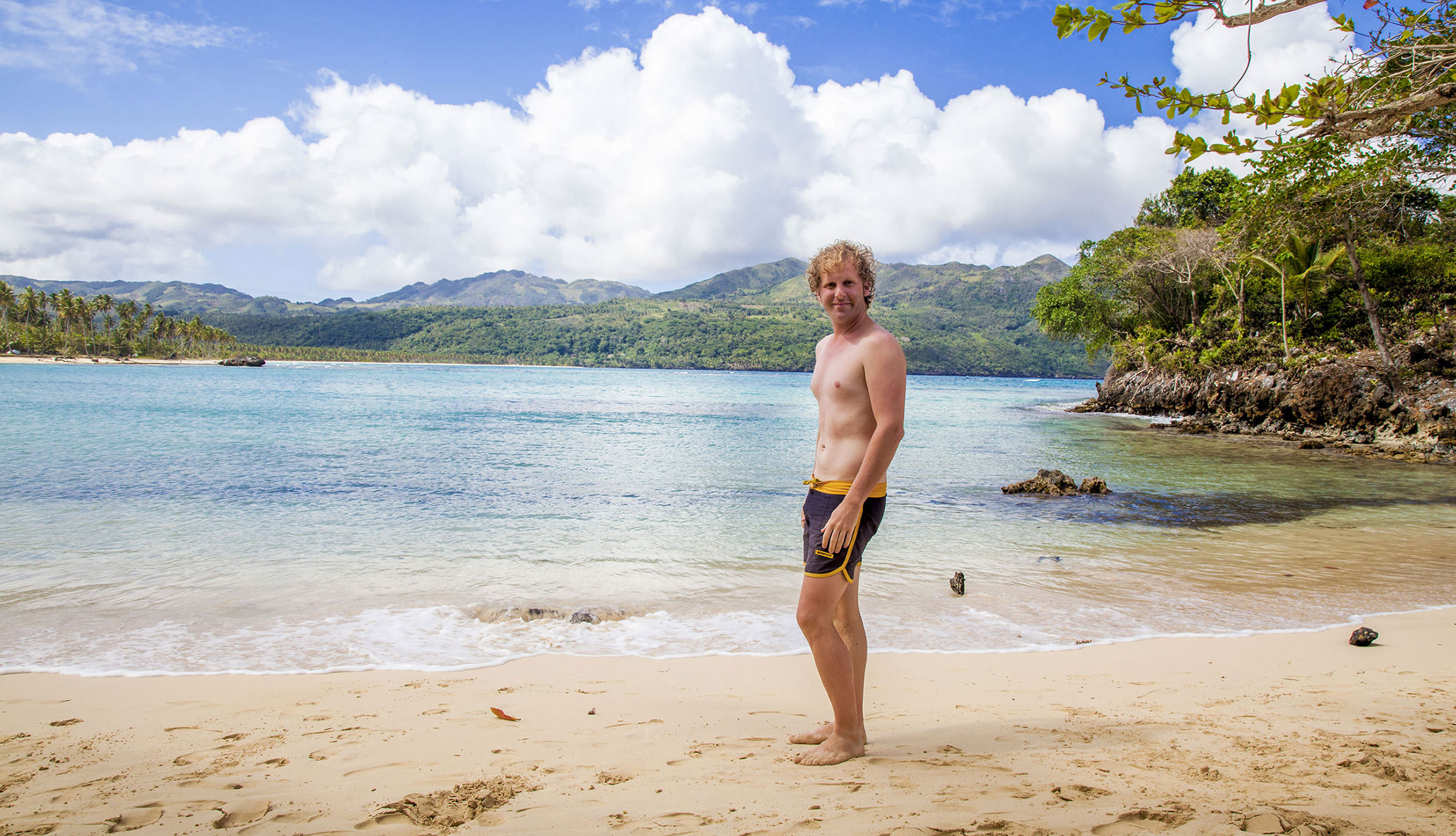
As you make your way along the beach, the scent of salty sea air fills your senses, and the sound of waves crashing against the shore beckons you forward. There's an endless expanse of soft sand and vivid turquoise stretching out before you, framed by towering palm trees.
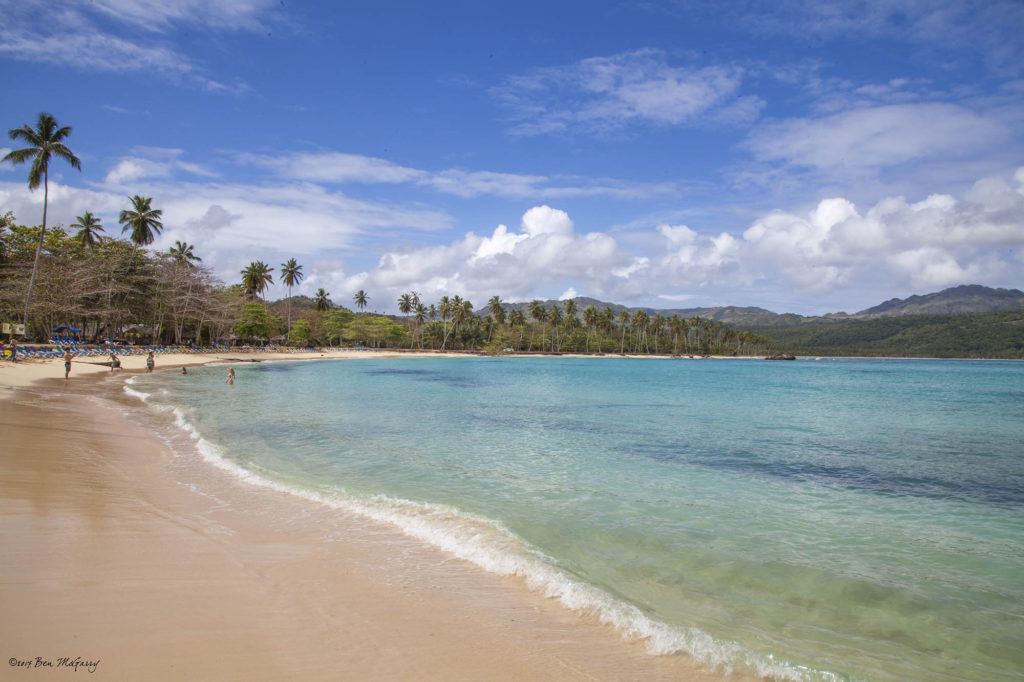

But Playa Rincon is more than just a pretty picture. The beach is also home to a lively fishing community, and you'll have the opportunity to sample fresh, locally caught seafood prepared in traditional Dominican style.
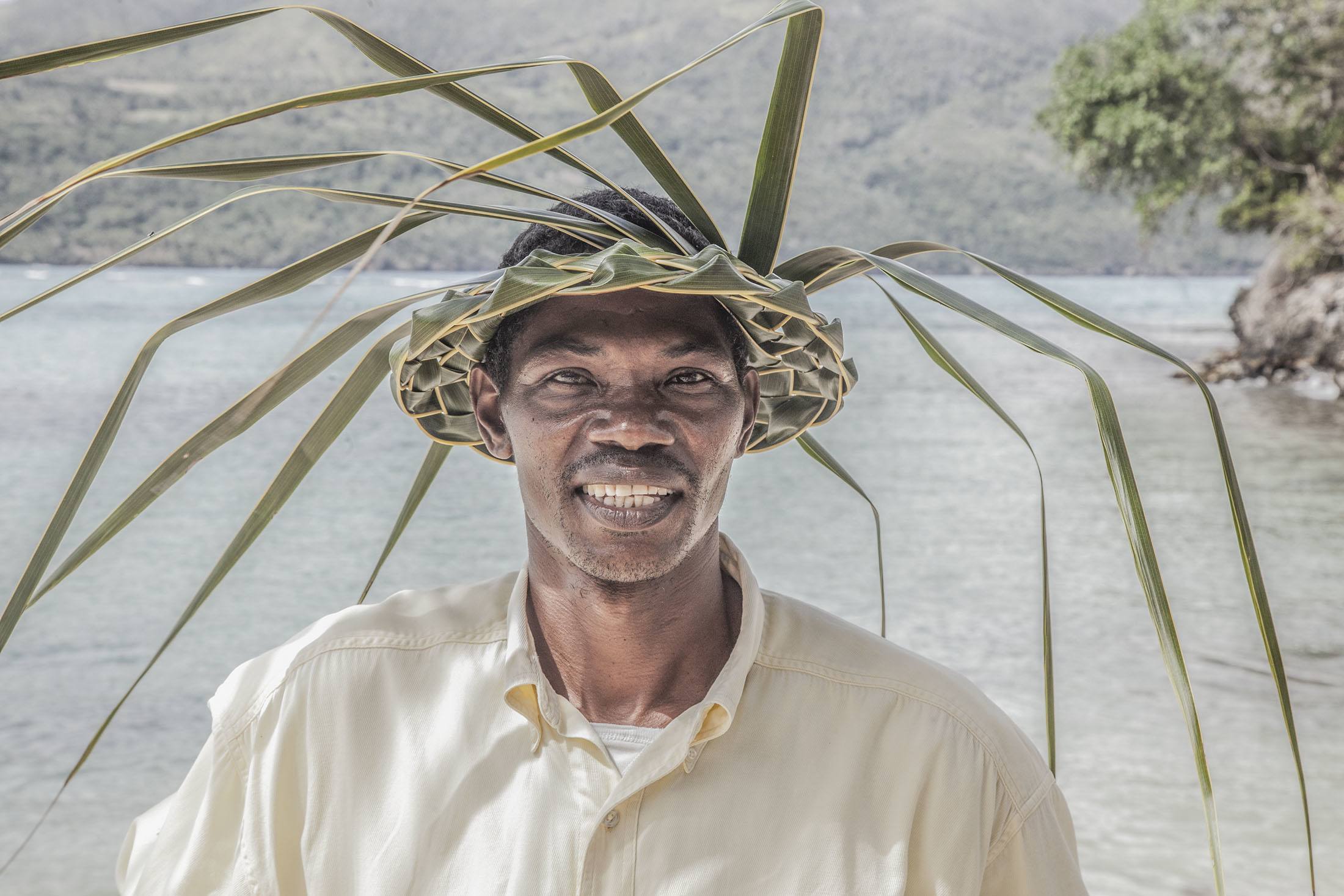
And if you're feeling adventurous, you can rent a kayak to explore the nearby coves.
Boat trips can be arranged in Las Galeras.
I thoroughly enjoyed my day swimming and snorkelling here.
Recommended Length of Stay in Las Galeras
Three days
Accommodation - Staying in Las Galeras
Las Galeras offers a range of accommodations to suit different travel styles and budgets. From coastal hotels with ocean views and amenities like pools and restaurants, to cosy bed and breakfasts offering home-cooked meals and a personal touch, there's something for everyone.
Budget-conscious travellers can opt for guesthouses with shared spaces, or embrace the outdoors at beachfront campsites for a more adventurous experience. Popular options include Villa Serena, Grand Paradise Samana, and charming spots like Villa La Plantacion and La Rancheta.
Here are a few options to consider.
Budget: YES PAPA! Rooms at 100m from the Beach!
YES PAPA! Rooms at 100m from the Beach! is a budget-friendly option just steps away from the shores of Las Galeras. This 2-star property offers a laid-back vibe with a garden, terrace, and bar, perfect for travellers looking for simplicity and comfort.
Rooms come with private bathrooms, and some even include a kitchenette for added convenience. With its excellent location near Las Galeras Beach and a short walk to La Playita Beach, it's a great pick for solo travellers, who especially praise its accessibility and relaxed atmosphere.
➡ Click here to book Yes Papa! Rooms at 100m from the Beach!
Mid-Range: B&B Aparthotel La Isleta
B&B Aparthotel La Isleta strikes the perfect balance between comfort and value in Las Galeras. Just 100 meters from the beach, this mid-range property offers a relaxing stay with a pool overlooking the sea, lush gardens, and a sun terrace. You can choose from studios, rooms, or apartments, all with private bathrooms and access to a shared kitchen for preparing meals.
Complimentary breakfast is included, and restaurants are just a short walk away for those who want to explore local dining options. With free WiFi and a tour desk to plan adventures, this is an ideal spot for travellers seeking convenience and charm.
High End: Chalet Tropical Hotel & Restaurante
Chalet Tropical Hotel & Restaurante offers a luxurious yet rustic retreat in Las Galeras, just 700 meters from La Playita Beach. This high-end property features unique villas and bungalows, each designed for a private and tranquil stay with stone jacuzzi-style pools, terraces, and mosquito nets. Enjoy access to a fully equipped kitchen and stone showers, or indulge in the hotel’s tropical take on Dominican cuisine.
Food - Eating in Las Galeras
Las Galeras offers a variety of dining options for visitors, ranging from local cuisine to international dishes. We ate at L'isa chris boulangerie patisserie, Restaurant Chiquita and Taberna Vasca El Pescado, and enjoyed each experience and meal.
Options include local food, international cuisine, seafood, street food and cafes and bakeries.
Transportation - Getting around Las Galeras
Getting around Las Galeras is relatively easy as it's a small place.
On Foot
Walking is the best option for exploring the town and nearby beaches. It's also a great way to experience the local culture and interact with the friendly locals.
It's mostly how we got around.
By Motorbike or Scooter
Another popular option is renting a motorbike or scooter.
There are some rental companies in the town that offer motorbikes and scooters for a reasonable price.
By Taxi or Motoconcho
Taxis and motoconchos (motorcycle taxis) are also available in Las Galeras. These are a good option if you're travelling with a lot of luggage or prefer not to walk or ride a motorbike.
The cost for a taxi or motoconcho ride depends on the distance you're travelling.
By Boat
There are several options for boat tours and charters that can take you to nearby beaches and attractions such as Playa Frontón, Playa Rincón, and the El Limón waterfall.
You can also rent a small boat to explore the coastline and nearby coves.
Transportation - Getting to Las Galeras
By Air
The nearest airport to Las Galeras is the El Catey International Airport (AZS), located approximately 45 minutes away by car.
Several airlines, including JetBlue, Air Canada, and WestJet, offer flights to El Catey from various cities in North America.
By Bus
First, get to Samaná. There are buses available from Santo Domingo, Santiago, and other major cities that go here.
From Samaná, you can take a wawa to Las Galeras.
That's what we did, coming from Jarabacoa (Jarabacoa - Samaná [2.5 hours]; Samaná - Las Galeras by wawa [45 minutes]).
Getting to Samaná is often key.
It is apparently possible to take a direct bus to Las Galeras from Santo Domingo. Frequency may be an issue.
By Boat
It's also possible to arrive in Las Galeras by boat, as the town has a small marina.
Some visitors arrive via private yachts or sailboats, while others take a boat tour from towns like Las Terrenas.
PUNTA CANA (Days 8-10)
Punta Cana, the crown jewel of the Dominican Republic's tourism industry, has an undeniable appeal that has lured millions of visitors to its shores over the years. With an array of all-inclusive resorts in addition to crystal-clear waters and powdery white sand beaches, it can be hard to resist.
It’s home to some of the most luxurious resorts in the Caribbean, with amenities including world-class golf courses, private beaches, and endless pools that seem to stretch out into infinity. However, the area has become synonymous with over-tourism, some critics arguing that it has become too developed and commercialised.
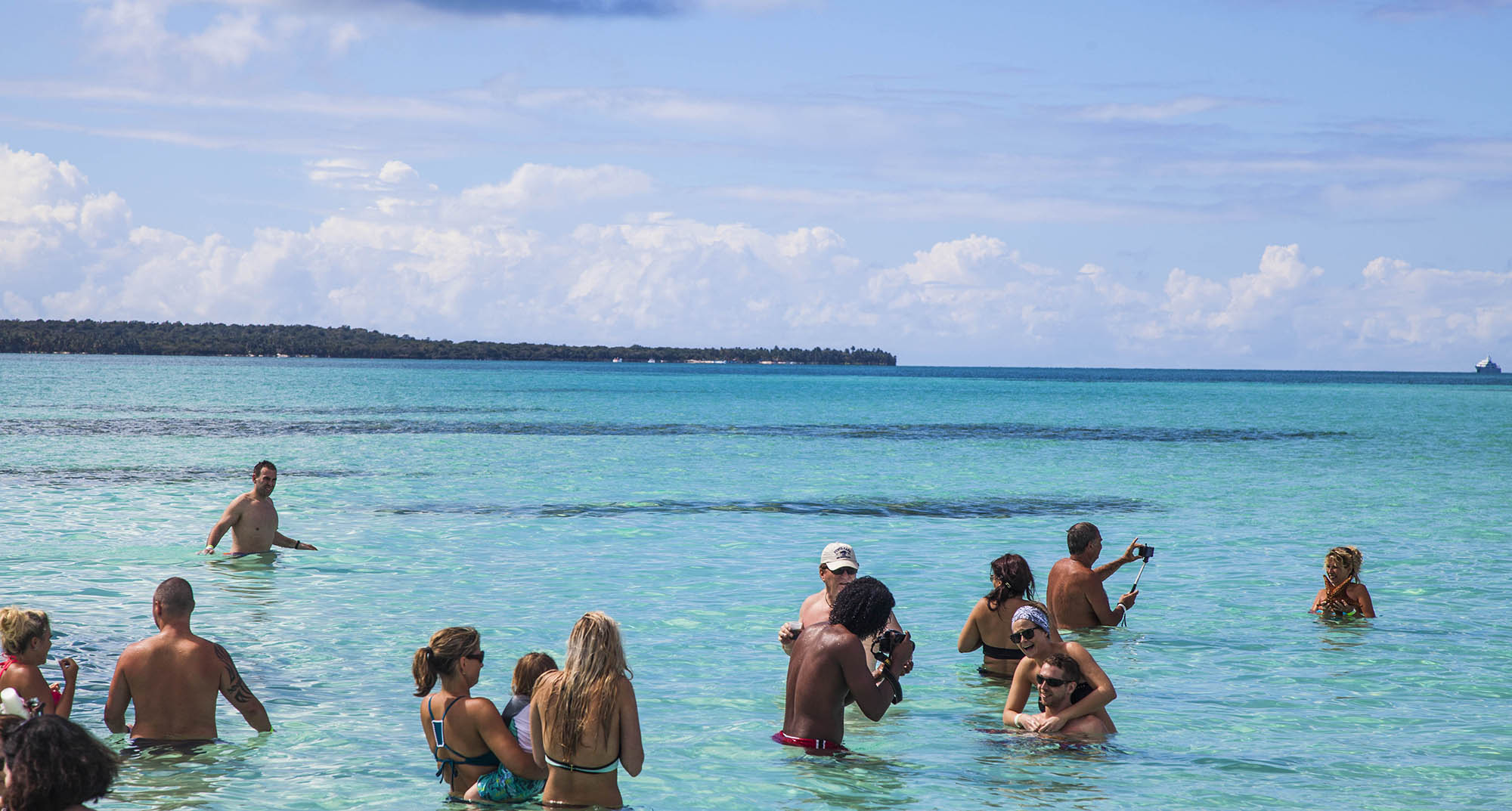
Despite the criticism, there's no denying the appeal of Punta Cana for those seeking a sun-soaked getaway. Spend time lounging on the beach, sipping cocktails, or participating in a variety of water-sport activities such as parasailing and jet skiing.
Foodies can indulge in a range of cuisines, from authentic Dominican dishes to international fare served at the many restaurants in the area (but prices tend to be high).
While Punta Cana may not be for everyone, it offers a unique vacation experience. If it’s amenities and comfort you’re after in tropical surrounds, then Punta Cana may be for you.
I wasn't too impressed by the hordes of people and tourists every which way I turned. But I did love the trip to Isla Saona.
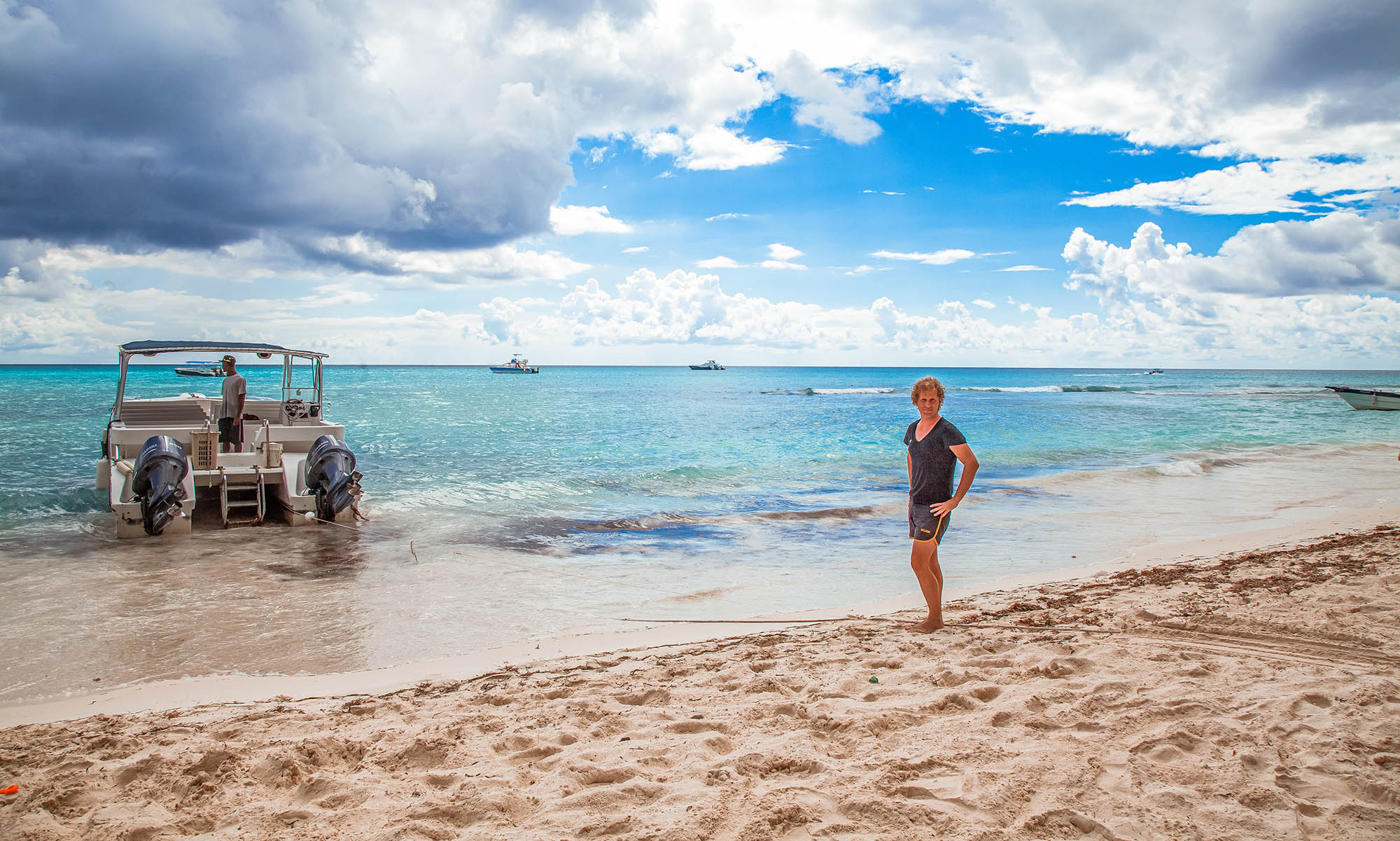
So, in the end, coming to this part of the country was worthwhile.
Things to Do, See and Experience in Punta Cana at the End of Your Dominican Republic Itinerary
Playa Bavaro
This beach is the quintessential postcard image of the Caribbean, complete with swaying palm trees and endless sunshine. It's no wonder it's one of the most popular tourist destinations in the Dominican Republic.

Dotted with beach clubs and restaurants, you could easily spend the day lounging around, soaking up the sun, and taking a refreshing dip in the sea. The water is calm and perfect for swimming.
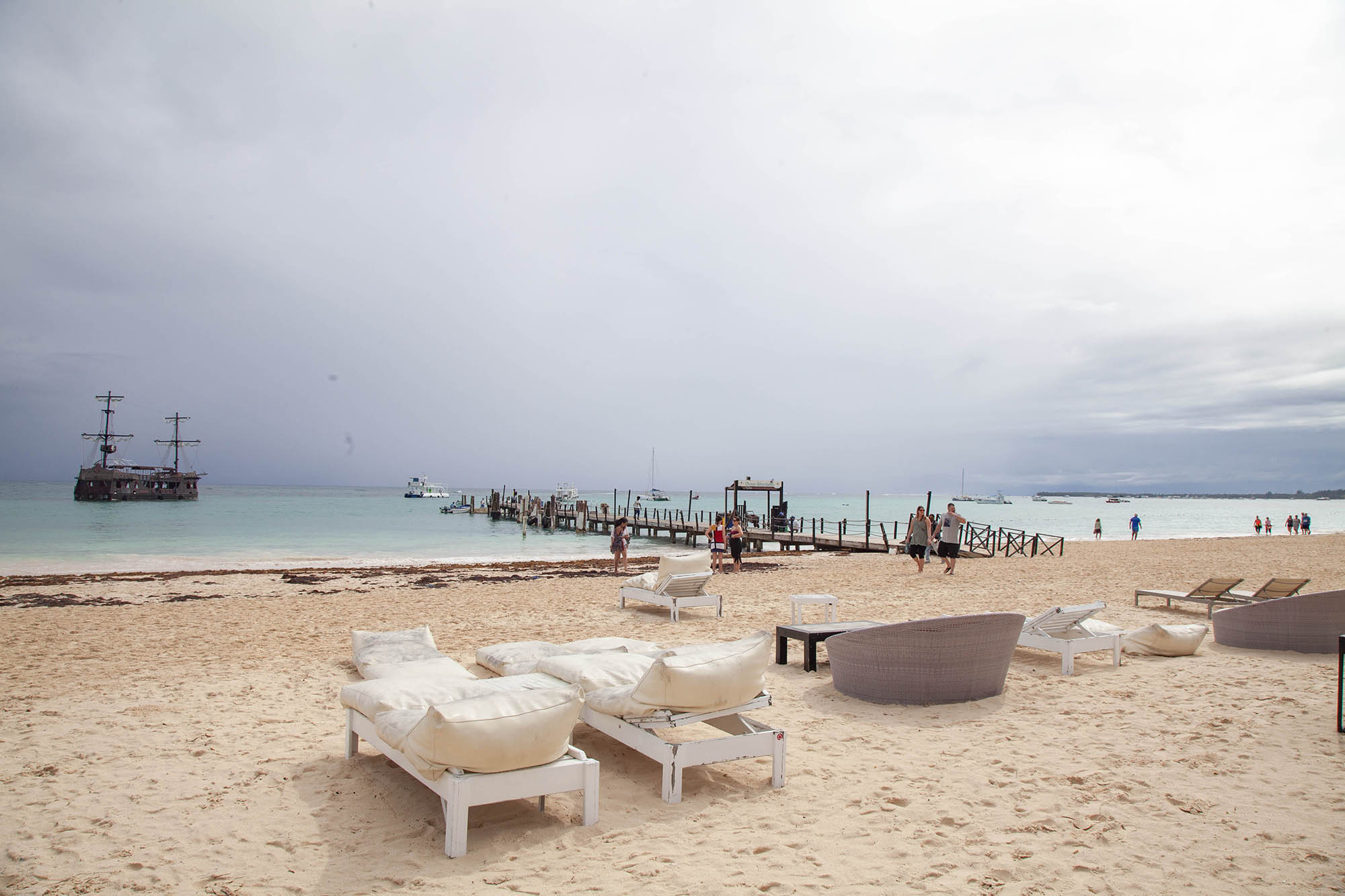
Although Playa Bavaro is a popular tourist destination, it didn't feel overly crowded (on the day we visited). The atmosphere is relaxed.
Isla Saona
Picture yourself in crystal clear waters, snorkelling with colourful fish for a full 15 minutes - the water is so clear, it feels like you can touch the sea floor. As if that's not enough, the catamaran moves a little to a place in which you stand waist-deep in turquoise water and become surrounded by starfish.

With music blaring, and the sun on your face, you feel like you're in a dream.
But the adventure doesn't end there. The boat goes to Isla Saona, which is home to only 800 inhabitants. The stunning beach is a sight to behold - it's like you've been transported to paradise.
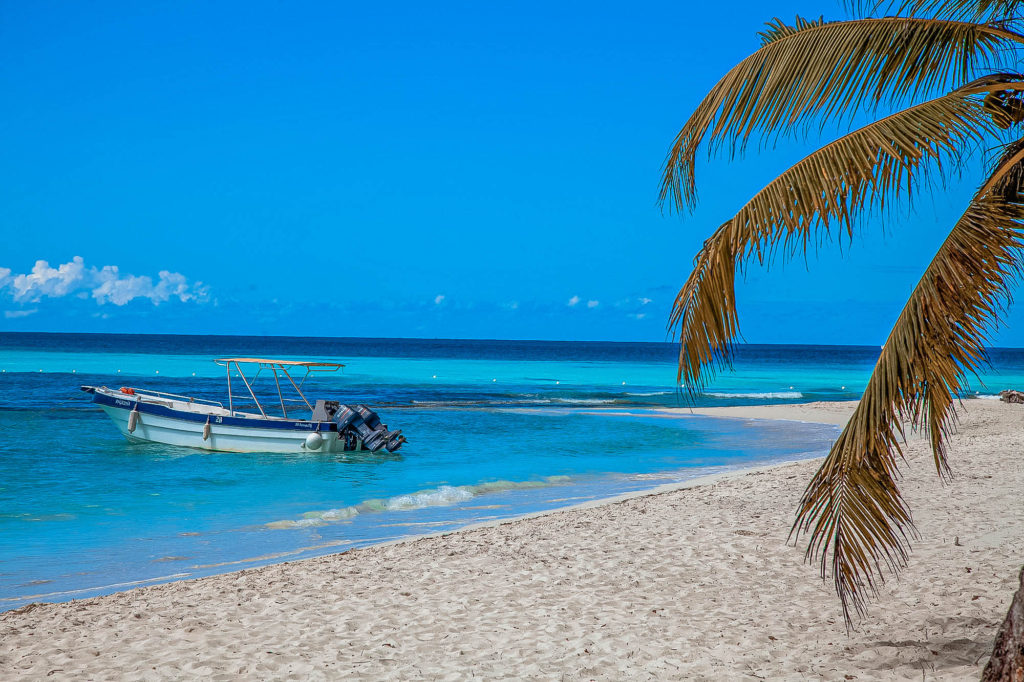
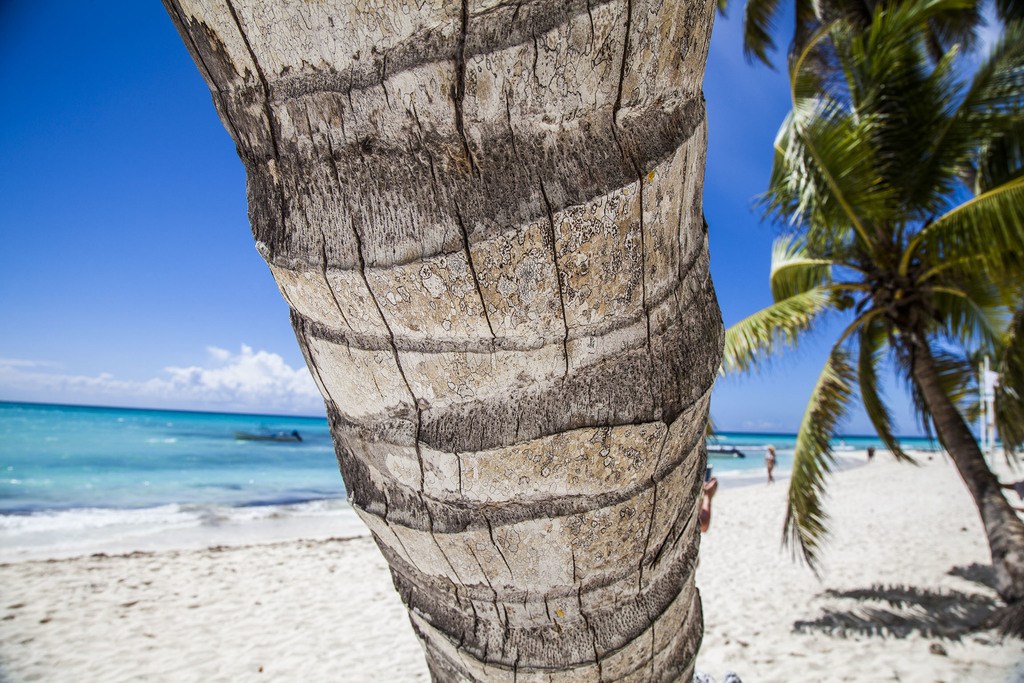
After swimming, resting under palms and having a drink, you indulge in a buffet lunch of local cuisine.
If you're planning a visit, consider booking your own Saona Island Full-Day Catamaran Tour. It offers a seamless way to experience the island, complete with hotel pick-up, snorkelling, and refreshments for the perfect day out.
➡ Click here to book your Saona Island Tour
The day ends with a catamaran ride back to the mainland. There's dancing and there are drinks, with a backdrop of the slowly setting sun.
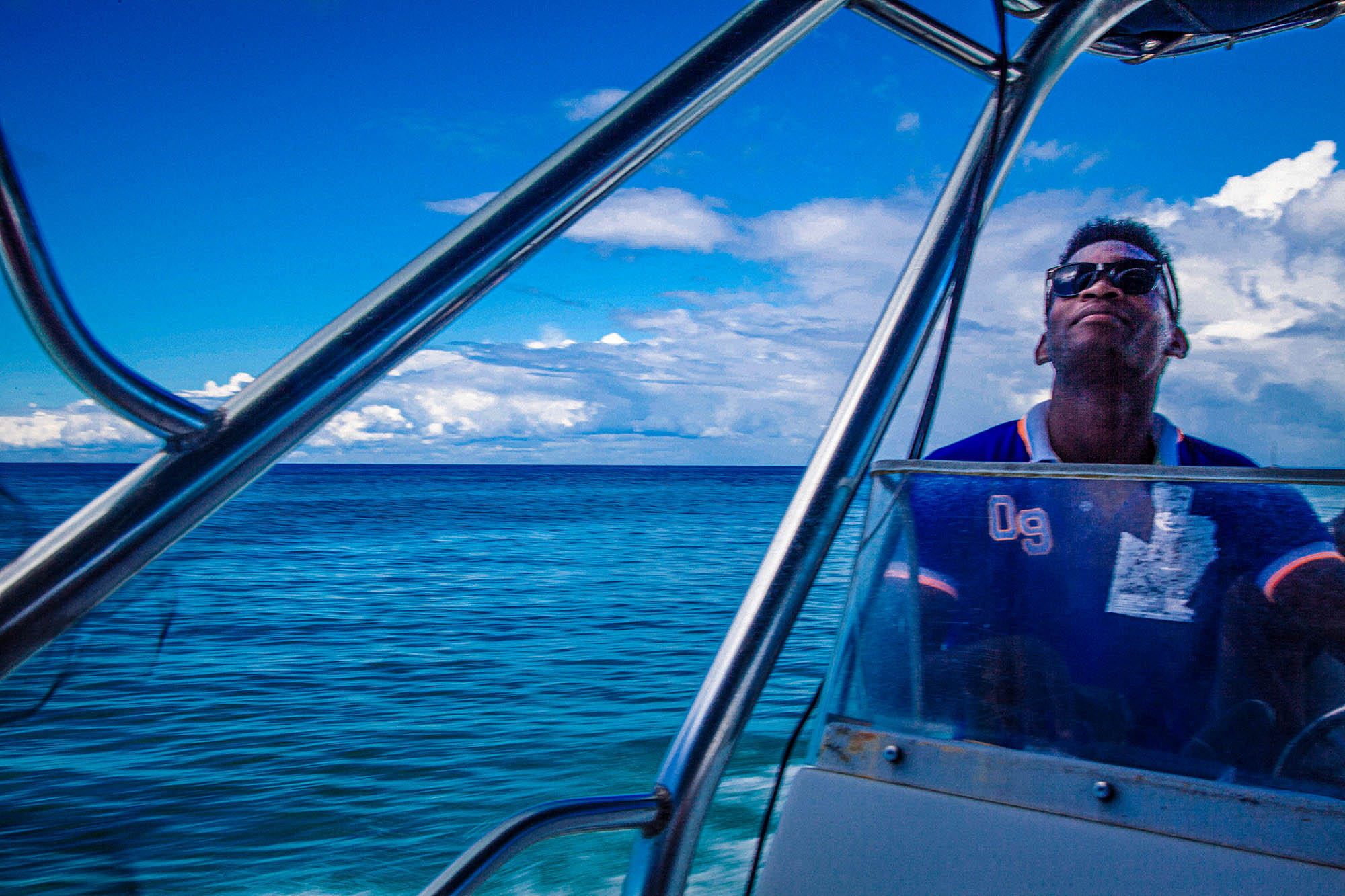
It was a remarkable trip, one I'll never forget.
Recommended Length of Stay in Punta Cana
Two to three days
Accommodation - Staying in Punta Cana
Budget: Hostel Eco Punta Cana
Hostel Eco Punta Cana is a modest budget option located within walking distance of Arena Gorda Beach and a short ride from Bavaro Beach. During our stay, Sofia and I found it adequate — it didn’t wow us, but it served its purpose.
The shared bathrooms were clean enough and the WiFi worked. If you’re looking for a simple, affordable place to crash while exploring Punta Cana’s beaches and nearby attractions, this might be worth considering.
Mid-Range: Seven Shades of Coral Village
Set in Punta Cana’s Bavaro district, the suites come equipped with private kitchens featuring essentials like microwaves and stovetops, plus amenities such as air conditioning, flat-screen TVs, and free WiFi. Select units even boast terraces with pool views.
The property’s outdoor pool and garden area provide a relaxing retreat, while the on-site coffee shop, restaurant, and mini-market add convenience. It's a great choice for those seeking a well-rounded stay close to the beach.
High-End: Sanctuary Cap Cana
Perched on a pristine stretch of sand just south of Punta Cana, Sanctuary Cap Cana redefines luxury with its adult-only, all-inclusive experience. Each suite offers an elegant blend of ocean views, refined furnishings, and thoughtful touches like an espresso machine and a daily-refreshed minibar. Spacious terraces or balconies provide the perfect spot to soak in panoramic vistas, while double vanity sinks and coral-accented bathrooms add a layer of indulgence to every stay.
The resort boasts five exceptional restaurants, from the beachfront Blue Marlin to fine dining options that cater to every craving. For those looking to relax, the full-service spa and beach access offer serene escapes, while curated activities like dance lessons ensure a lively vibe. Sanctuary Cap Cana is the epitome of Caribbean sophistication and comfort, ideal for couples and adults seeking an unparalleled escape.
Food - Eating in Punta Cana
We bought one meal in Punta Cana, which was at Citrus Restaurant.
As a tourist hub, there is an endless supply of places to eat (yet they may not all be budget friendly).
Ask locals for advice.
Transportation - Getting around Punta Cana
On Foot
If you're staying in the central Punta Cana area, getting around on foot is a viable option, especially if you're keen on exploring the shops, restaurants, and bars. Most of the popular tourist spots, such as the beaches, are located within walking distance of one another.
This is how Sofia and I got around.
By Taxi
Taxis are plentiful and can be a good option for longer journeys or if you're looking to explore areas outside the main tourist hub.
It's worth noting that while they have meters, drivers may not always use them, so be sure to agree on a price before starting your journey.
They can be hailed on the street.
By Bus
Punta Cana also has a public bus system, which is a budget-friendly option for getting around. The buses are typically crowded and may not run on a strict schedule, but they can take you to destinations throughout the area.
Be prepared to pay in cash and have small bills on hand.
By Rental Car
If you want flexibility, consider renting a car.
Most major car rental companies have offices in Punta Cana.
Make sure you have the proper documentation, such as a valid driver's license and insurance, before renting a car.
Transportation - Getting to Punta Cana
By Air
Punta Cana has its own airport, Punta Cana International Airport (PUJ), which receives flights from all over the world, including North America, Europe, South America, and the Caribbean. Some popular airlines include American Airlines, Delta, United, JetBlue, Air Canada, and WestJet.
There are also direct flights between Santo Domingo and Punta Cana.
By Bus
There are bus services available to Punta Cana from other parts of the Dominican Republic, such as Santo Domingo, La Romana, and Higuey.
Buses are a convenient and affordable way to travel. Bus companies include Caribe Tours and Expreso Bavaro.
By Car
Renting a car is another option for getting to Punta Cana. There are car rental companies located in major cities throughout the country.
Keep in mind that driving in the Dominican Republic can be challenging, and roads outside of major cities may be poorly maintained.
By Private Transfer
Private transfers are also available and can be arranged through hotels, tour operators, or transportation companies. This option provides the convenience of door-to-door service and can be a good choice for larger groups or families with young children.
Watch the vlog above for helpful visuals of the Dominican Republic, then dive into the travel tips below!
Essential Travel Information for Your 10-Day Dominican Republic Itinerary
Before setting off on your 10-day Dominican Republic itinerary, here’s a quick guide to essential travel information, from visas and transportation to accommodation and the best times to visit. These practical tips will help you navigate with ease.
Getting to the Dominican Republic
By Air
The two main airports in the Dominican Republic are Punta Cana International Airport and Las Américas International Airport in Santo Domingo. Flying is the easiest way of getting here.
Many major airlines offer flights to the Dominican Republic from destinations all around the world, including the United States, Canada, Europe, and South America. Some popular airlines include American Airlines, Delta, JetBlue, Air Canada, Air Europa, and Copa Airlines.
By Bus
There are bus connections between the Dominican Republic and Haiti. The most popular border crossing is at Jimaní (Dominican Republic) and Malpasse (Haiti). Buses are also available between other destinations in the Dominican Republic and Haiti.
Research this carefully, plan accordingly and be well prepared, if you are going to travel overland between the two nations.
By Ferry
There are currently no regular ferry services operating to the Dominican Republic from other countries. However, some private yachts and boats travel here from other Caribbean islands.
Getting around the Dominican Republic
By Air
For long distances, domestic flights are the fastest option. Airlines like Air Century and Sky High connect major cities such as Santo Domingo, Punta Cana, Santiago, and Puerto Plata. While flights are pricier than ground options, they save significant time, especially if travelling from coast to coast.
By Bus
The Dominican Republic has an extensive bus network, making it an affordable and comfortable choice for intercity travel. Companies like Caribe Tours and Metro Bus offer air-conditioned coaches connecting major cities and towns. Local minibuses, or guaguas, provide budget-friendly transportation but can be crowded and unpredictable in schedule.
By Car
Renting a car is a popular choice for those looking to explore the country at their own pace. Roads in the Dominican Republic range from modern highways to rough, unpaved paths in rural areas. A 4x4 vehicle is recommended for exploring remote beaches or the rugged southwest. Be aware of local driving habits and keep an eye out for motorbikes weaving through traffic.
By Taxi and Ride-Sharing
Taxis are widely available in cities and tourist areas, but they don’t use meters, so negotiate the fare upfront. Ride-sharing apps like Uber and InDriver operate in larger cities like Santo Domingo and Santiago, often offering more affordable rates than traditional taxis.
By Motorbike or Scooter
Motorbikes, known as motoconchos, are a common and inexpensive way to get around short distances. They’re ideal for exploring smaller towns or reaching off-the-beaten-path destinations. Keep safety in mind and wear a helmet.
By Boat
If you’re heading to islands like Cayo Levantado or Saona Island, boat rides are the only option. Many tours include boat transfers, but private charters are also available for a more exclusive experience.
On Foot
In towns and small cities, walking is a pleasant way to get around and soak in the local atmosphere. Beach towns like Las Terrenas and Cabarete are particularly pedestrian-friendly.
Visa for Travelling to the Dominican Republic
Citizens of many countries, including the United States, Canada, Australia, and most European nations, do not require a visa for stays of up to 90 days. They must have a valid passport with at least six months remaining before expiration, a return ticket or onward travel ticket, and proof of sufficient funds to cover their stay in the country.
For visitors who do require a visa to enter the Dominican Republic, apply for one at a Dominican Republic embassy or consulate in your home country before travelling. The visa application process typically involves submitting a completed visa application form, a valid passport, a passport-sized photo, and any other required documents, such as proof of travel arrangements, proof of accommodation, or proof of financial means to support their stay in the country.
Always check the latest requirements with the consulate or embassy in your country before travelling.
Currency and Payments in the Dominican Republic
I found that having small Dominican Pesos (DOP) on hand made a huge difference during my trip. Whether it was grabbing snacks from a beach vendor or hopping on a motoconcho, cash was king. Larger resorts and restaurants take cards, but for those authentic local moments, small bills are a lifesaver.
For up-to-date exchange rates, I recommend checking XE.
Customising Your 10-Day Dominican Republic Itinerary
This itinerary is a flexible guide that you can tweak to match your interests and preferences. While it’s possible to fit everything into the suggested timeframes, slowing down and truly soaking in the experiences is ideal.
I wouldn’t recommend rushing through in less than 10 days, as you’d miss the essence of what makes this country so special.
Ultimately, it all comes down to your budget, priorities, and how much time you can spare.
If you have questions or want to share your own experiences of travelling in the Dominican Republic, feel free to leave a comment below — I’d love to hear from you!
Travel Insurance for Visiting the Dominican Republic
World Nomads
With so much to see and do in the Dominican Republic — whether it’s snorkelling off Saona Island, hiking to Salto de Jimenoa, or navigating the winding roads to reach remote beaches — having travel insurance is a must.
For my trip, I chose World Nomads, and it gave me the peace of mind I needed to fully enjoy the adventure. From unexpected hiccups like a flat tire on a rural road to safeguarding against medical emergencies during waterfall treks, their coverage ensured I could focus on the journey instead of the "what-ifs."
Their plans are easy to set up, and having that safety net gave me the freedom to explore both the bustling towns and off-the-beaten-path gems without worry.
10-Day Dominican Republic Itinerary - Conclusion
Looking back on my 10 days in the Dominican Republic, I realise just how much this island has to offer. From the cobblestone streets of Santo Domingo’s Colonial Zone to the towering waterfalls of Jarabacoa, and the unspoiled beaches of Las Galeras to the bustling charm of Punta Cana, every corner of the DR feels like a world of its own.
What stands out most to me, though, is how each region offers something truly unique. You can dance the merengue with locals in a colmado, hike through lush mountain landscapes that rival the European Alps, or relax on secluded beaches where time seems to stand still. The island’s diversity isn’t just in its geography — it’s in its people, its culture, and the way it welcomes you with open arms.
If I could give one piece of advice, it would be to give yourself more than 10 days here. While this Dominican Republic itinerary covers the essentials, the country has a way of drawing you in, making you want to linger just a little longer. I left with a sense of having only scratched the surface, and I’m dreaming of a return trip.
Whether you’re planning your first visit or returning for another round of adventure, I hope this DR itinerary helps you make the most of your time on this incredible island.
Until next time, happy travels — and let the Caribbean vibes of the DR get under your skin the way they did for me.
If this guide helped you plan your trip, feel free to share it with friends or fellow travellers heading to the Dominican Republic. Your support not only means the world to me but also helps others uncover the beauty of this incredible destination!

[…] or not you’re building an itinerary or searching for inspiration, this information affords a sensible start line to discover the […]
[…] or not you’re constructing an itinerary or in search of inspiration, this information presents a sensible place to begin to discover the […]
[…] or not you’re constructing an itinerary or looking for inspiration, this information gives a sensible place to begin to discover the […]
[…] or not you’re constructing an itinerary or searching for inspiration, this information affords a sensible start line to discover the […]
[…] or not you’re constructing an itinerary or searching for inspiration, this information gives a sensible start line to discover the […]